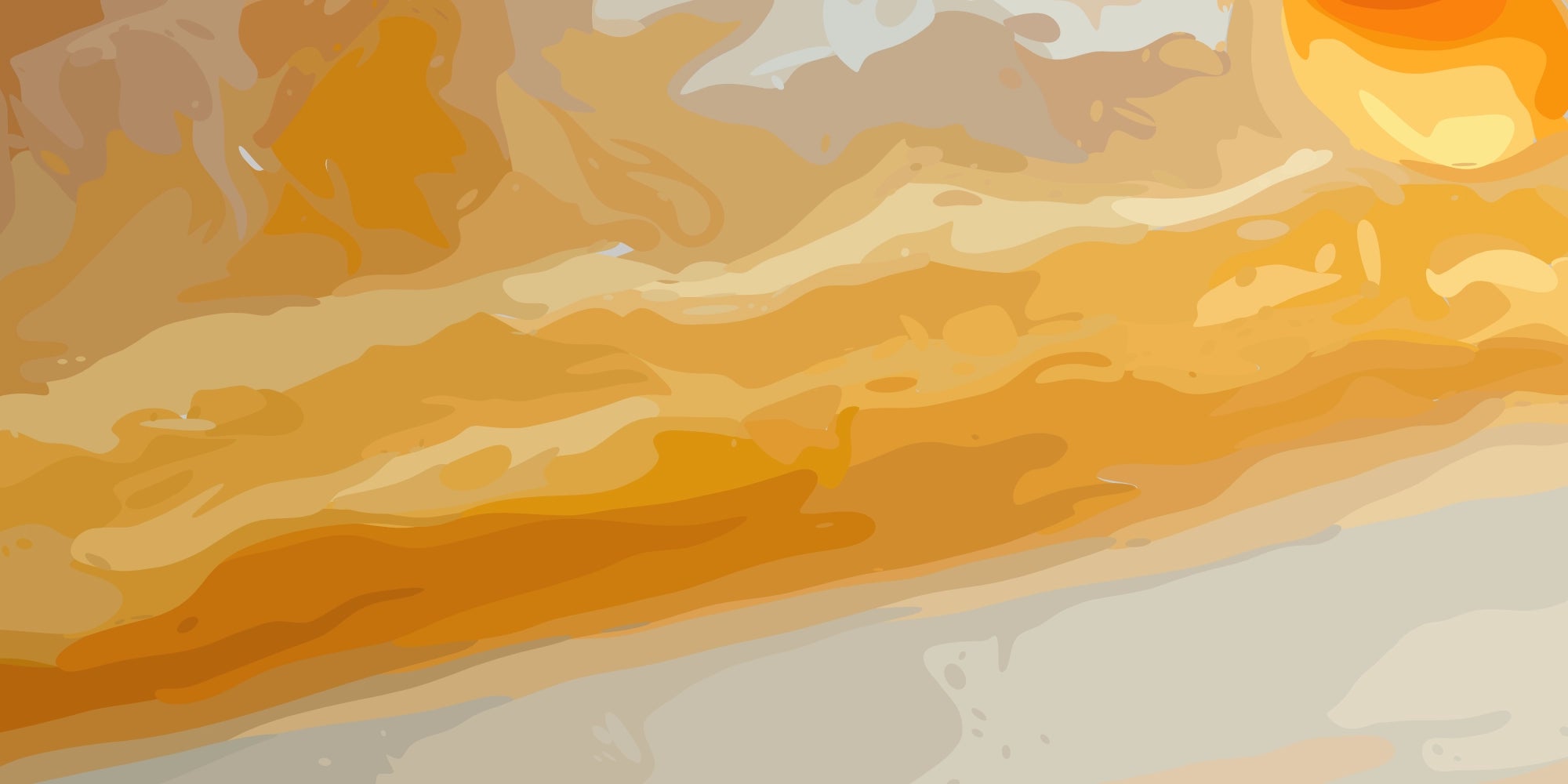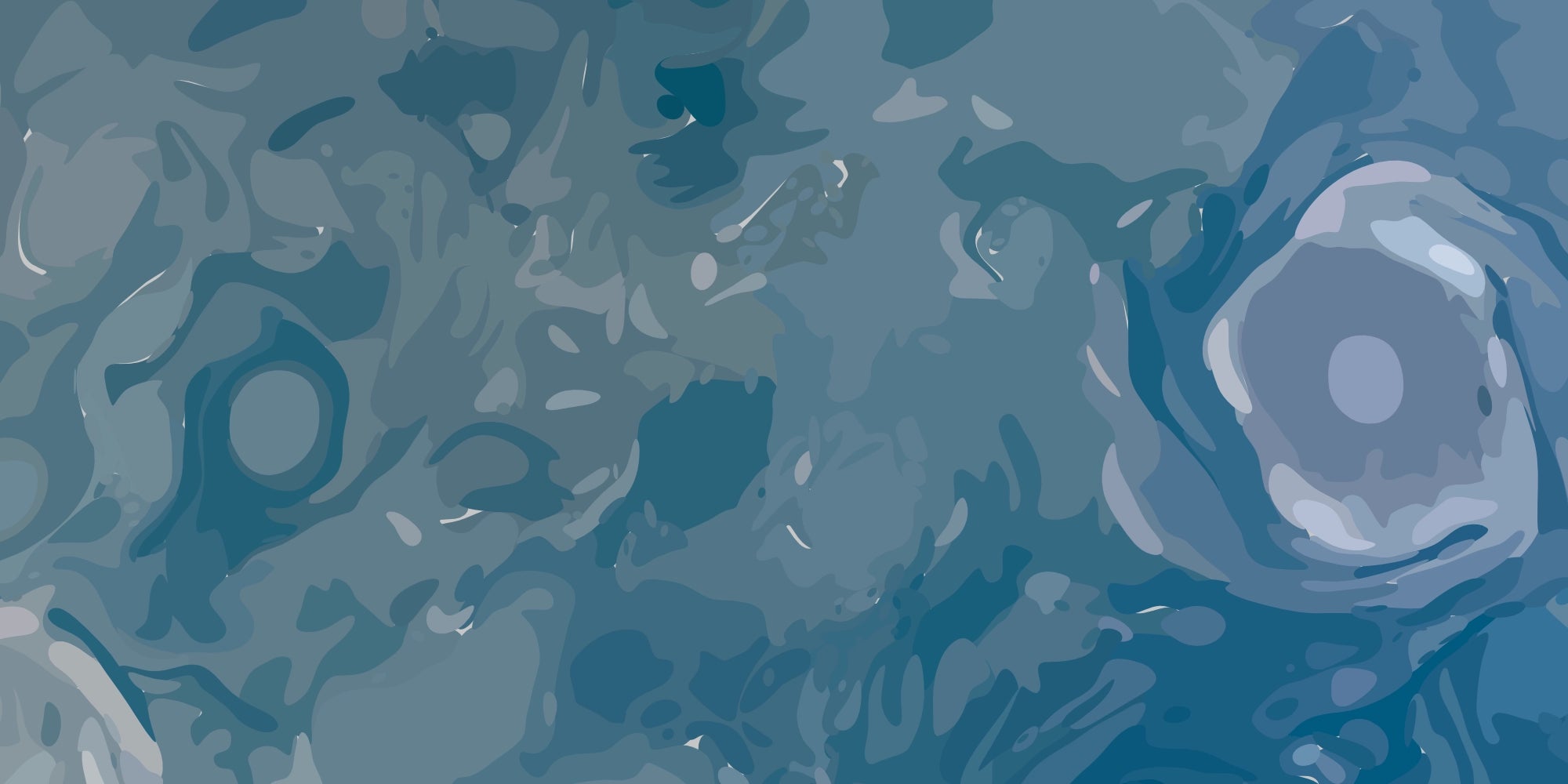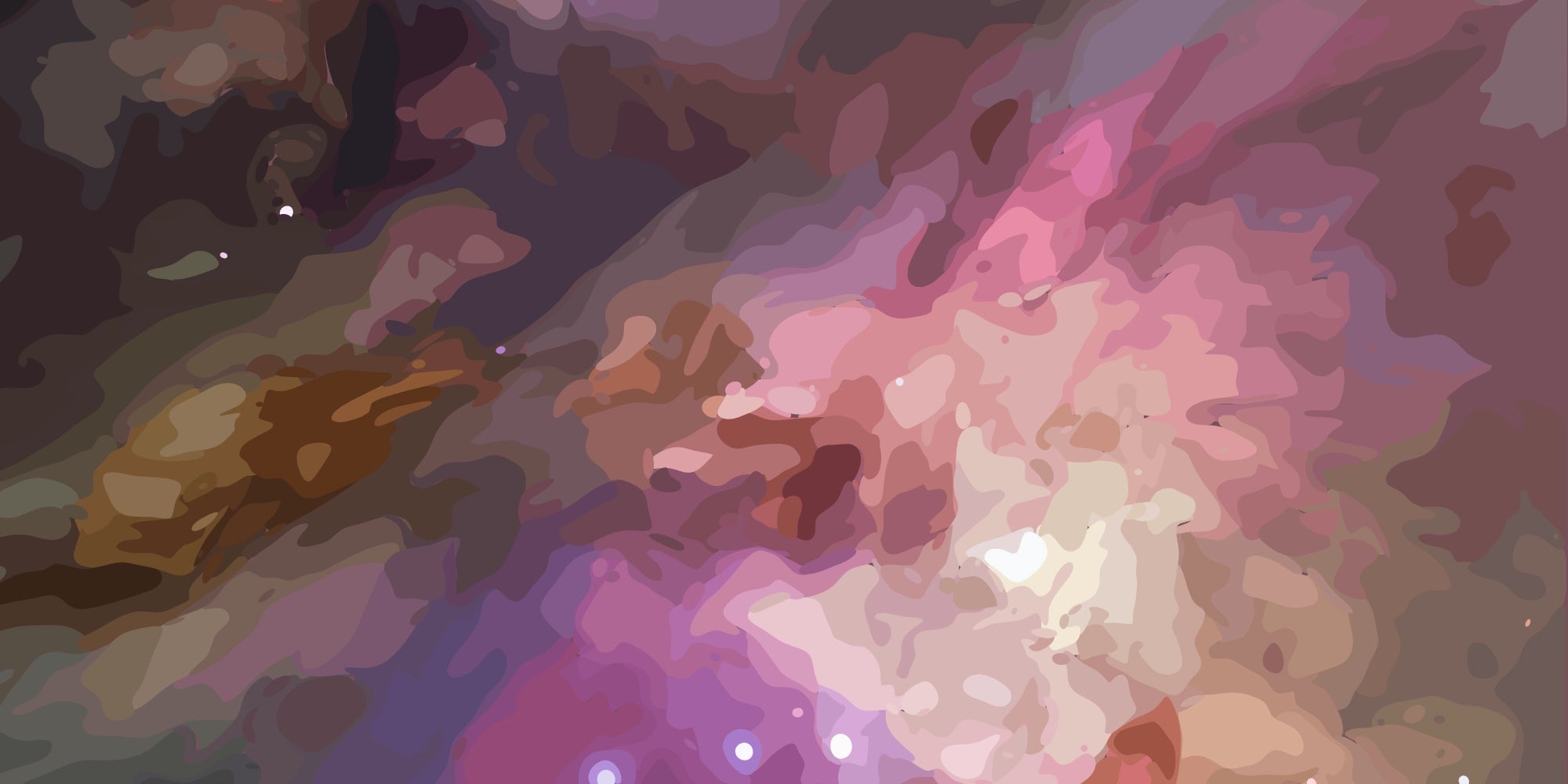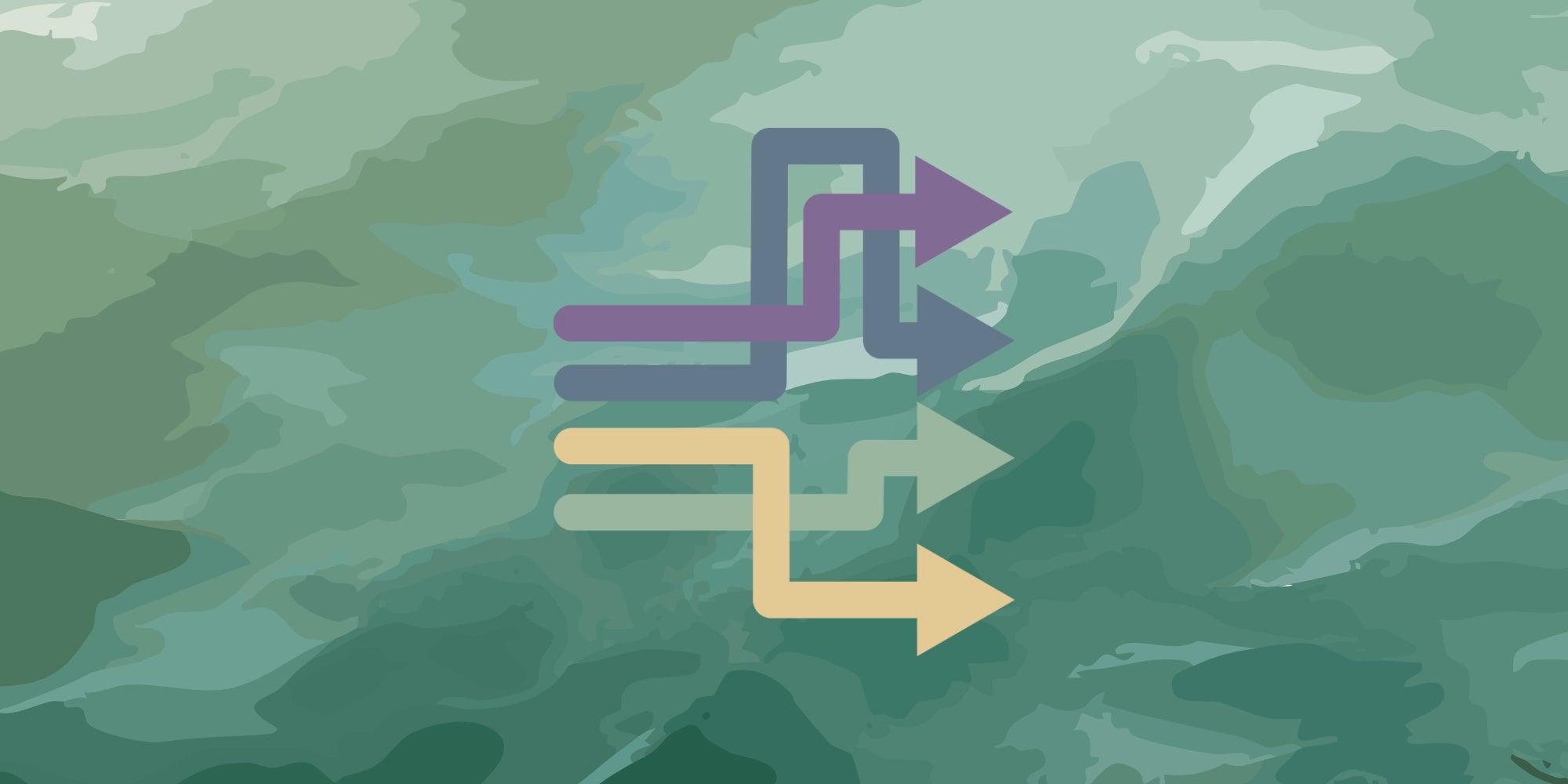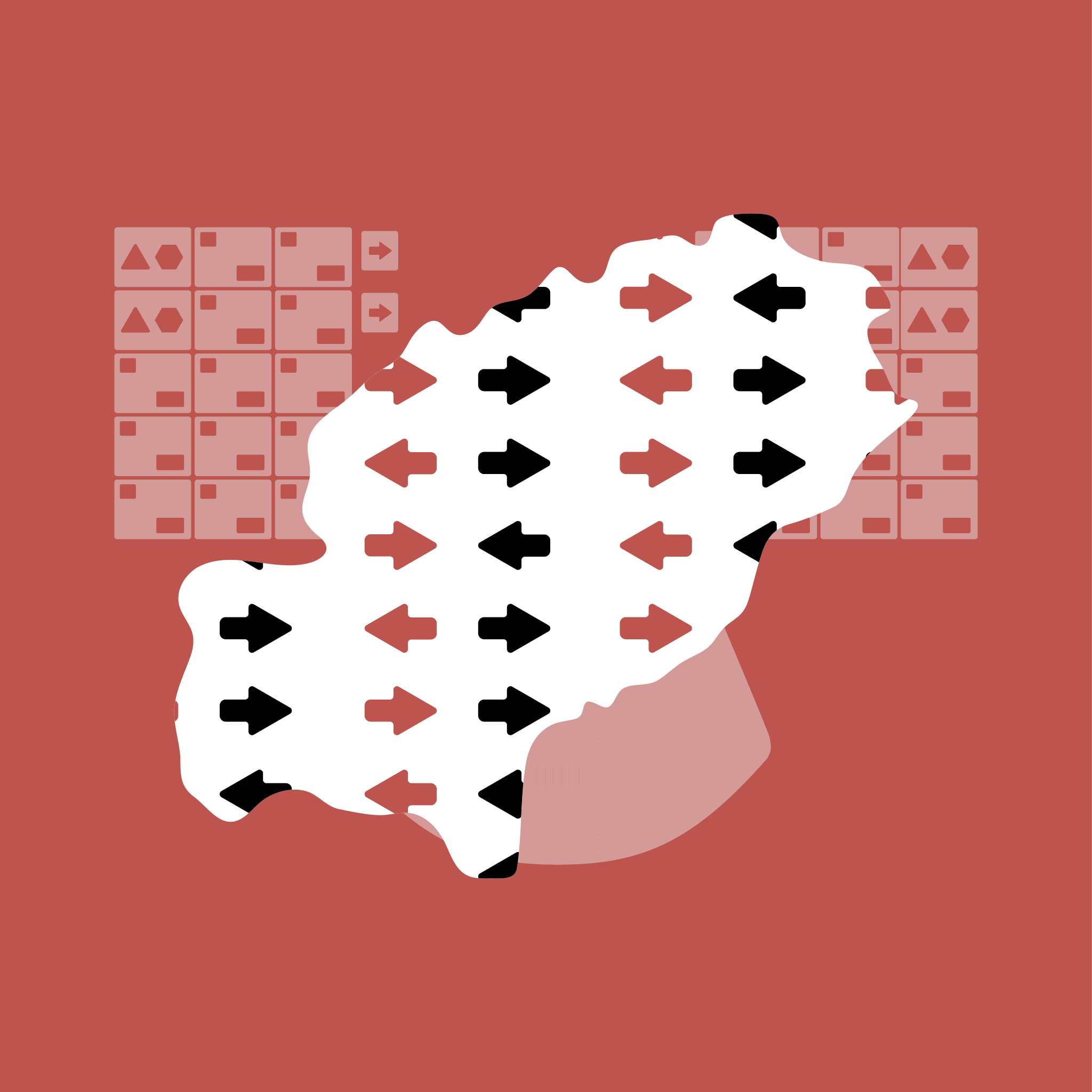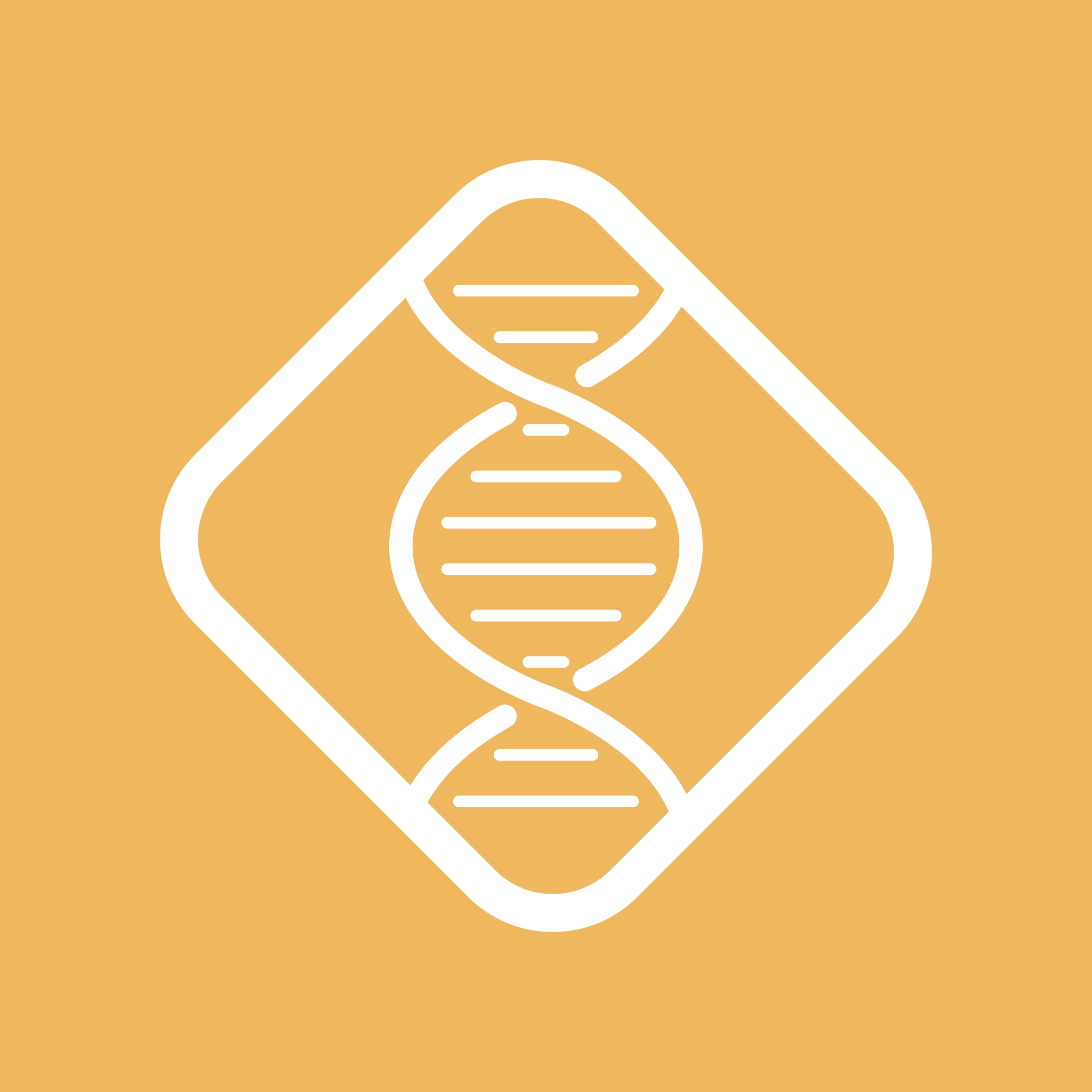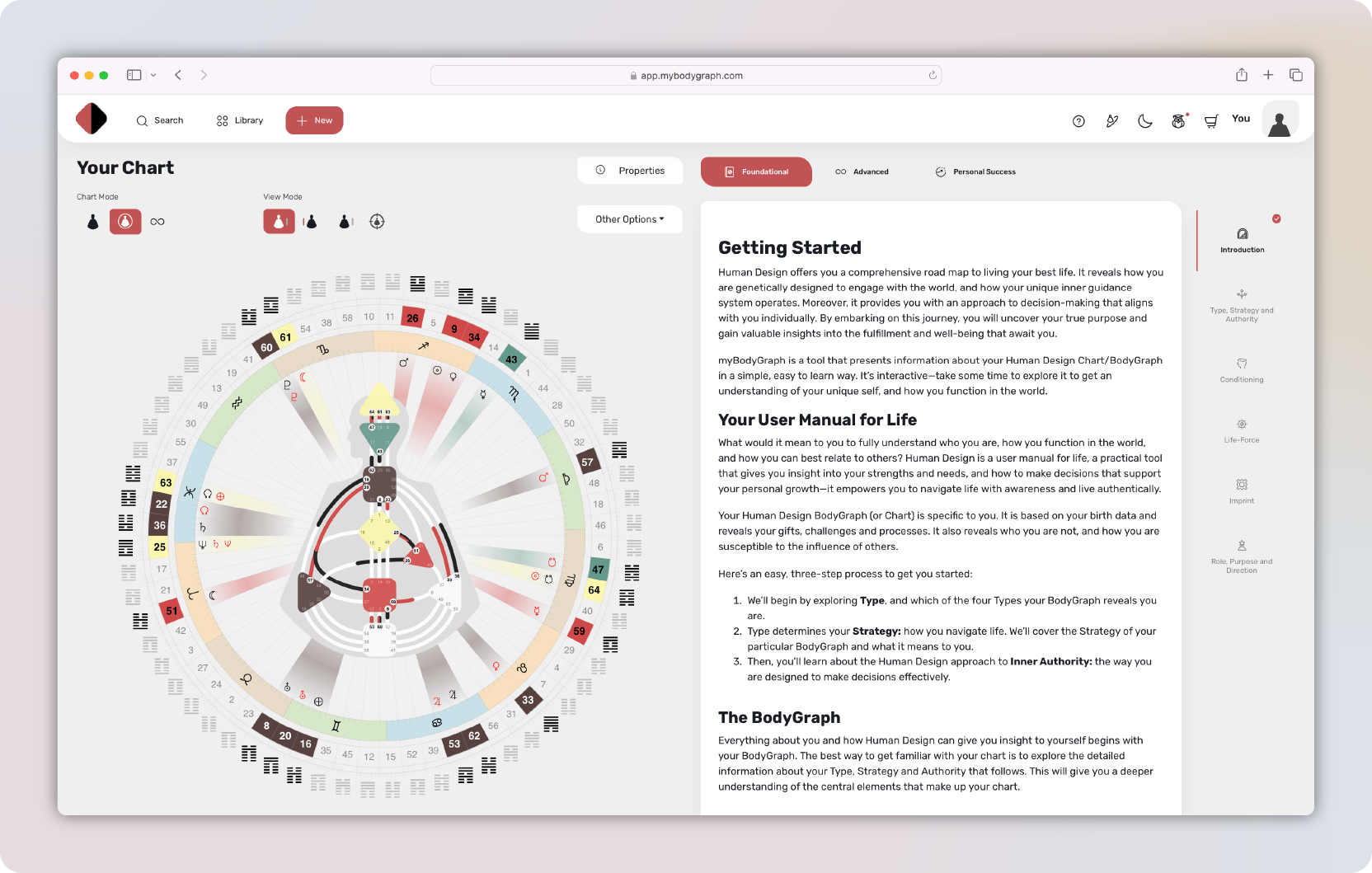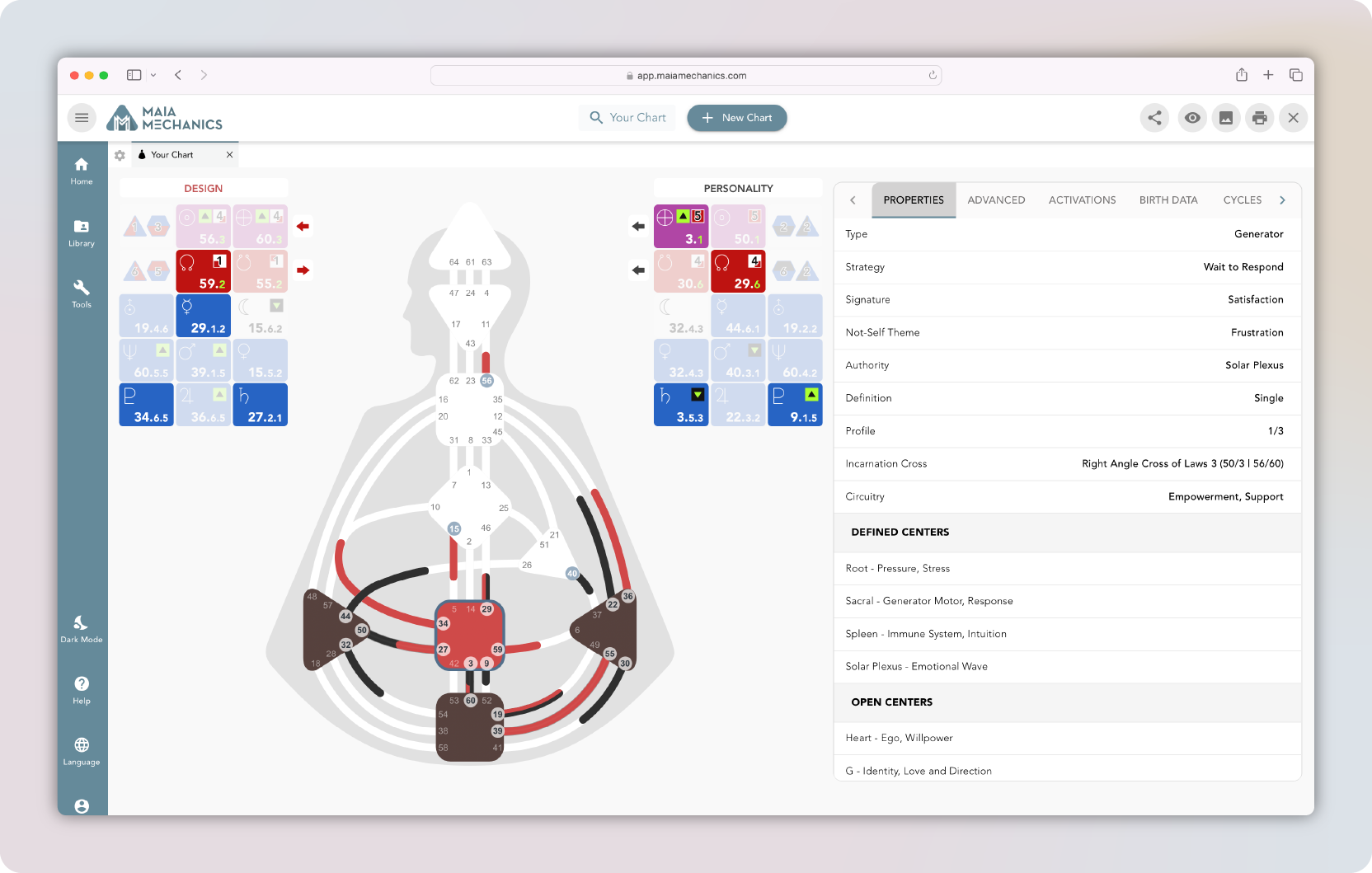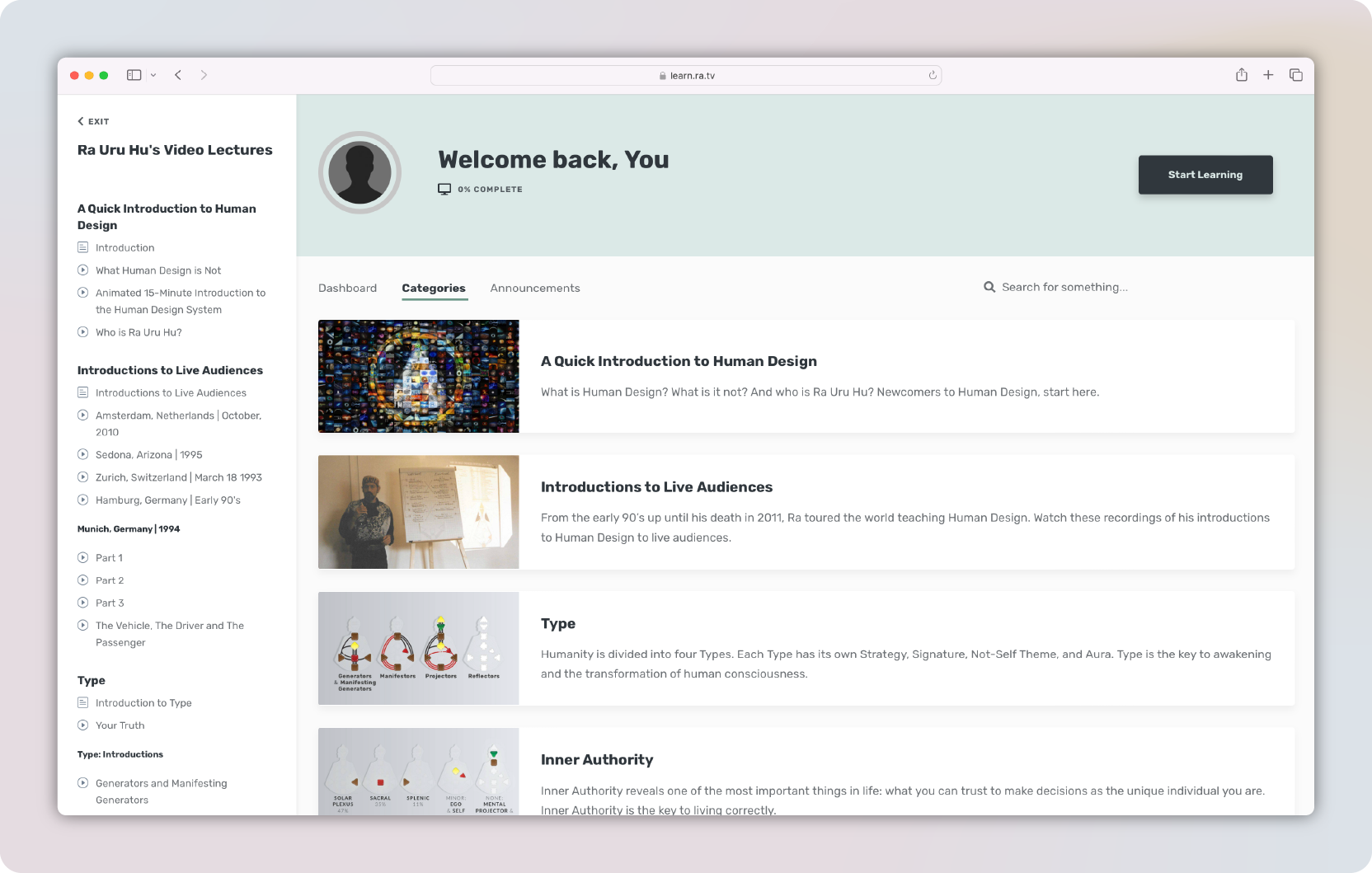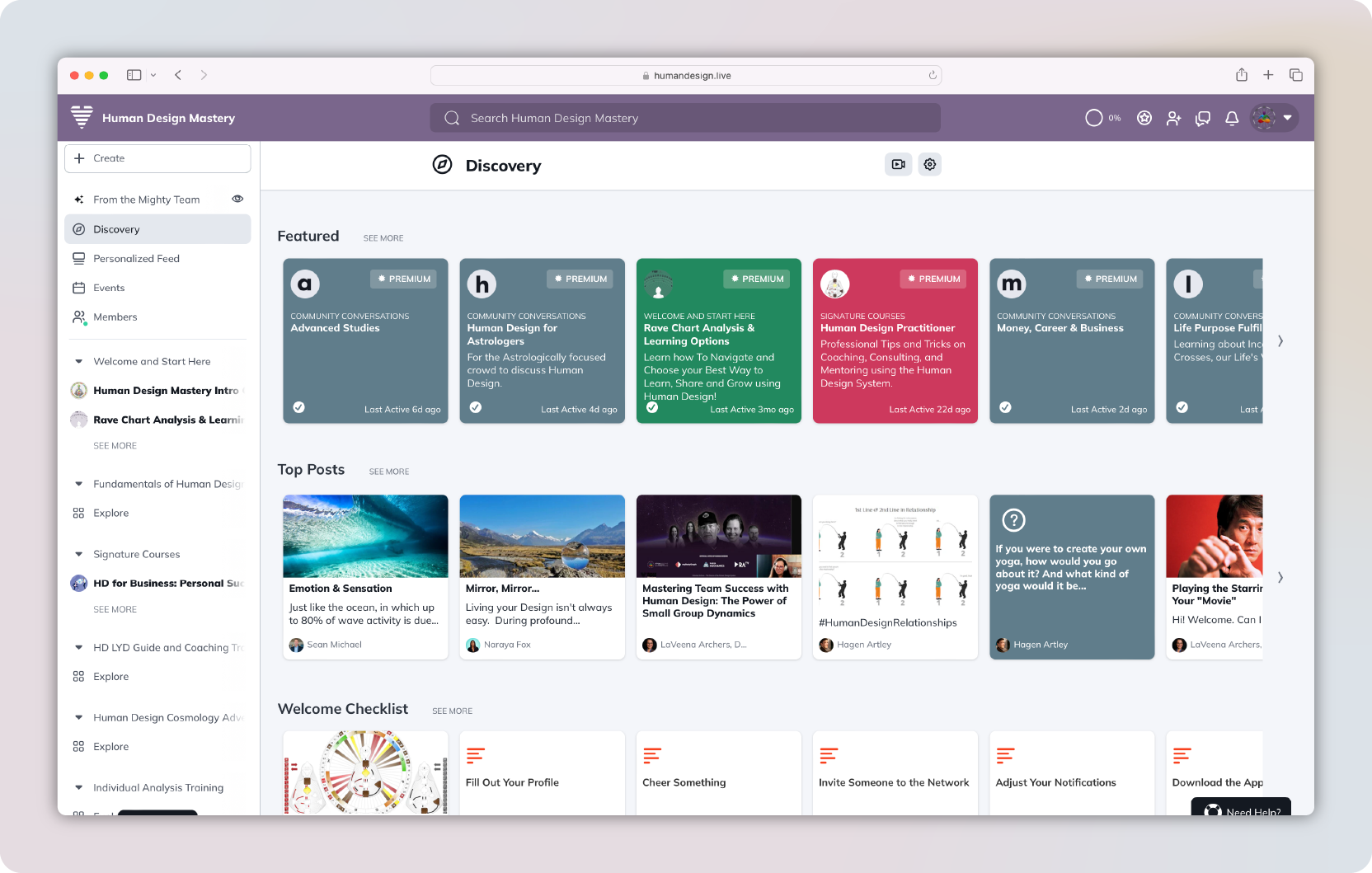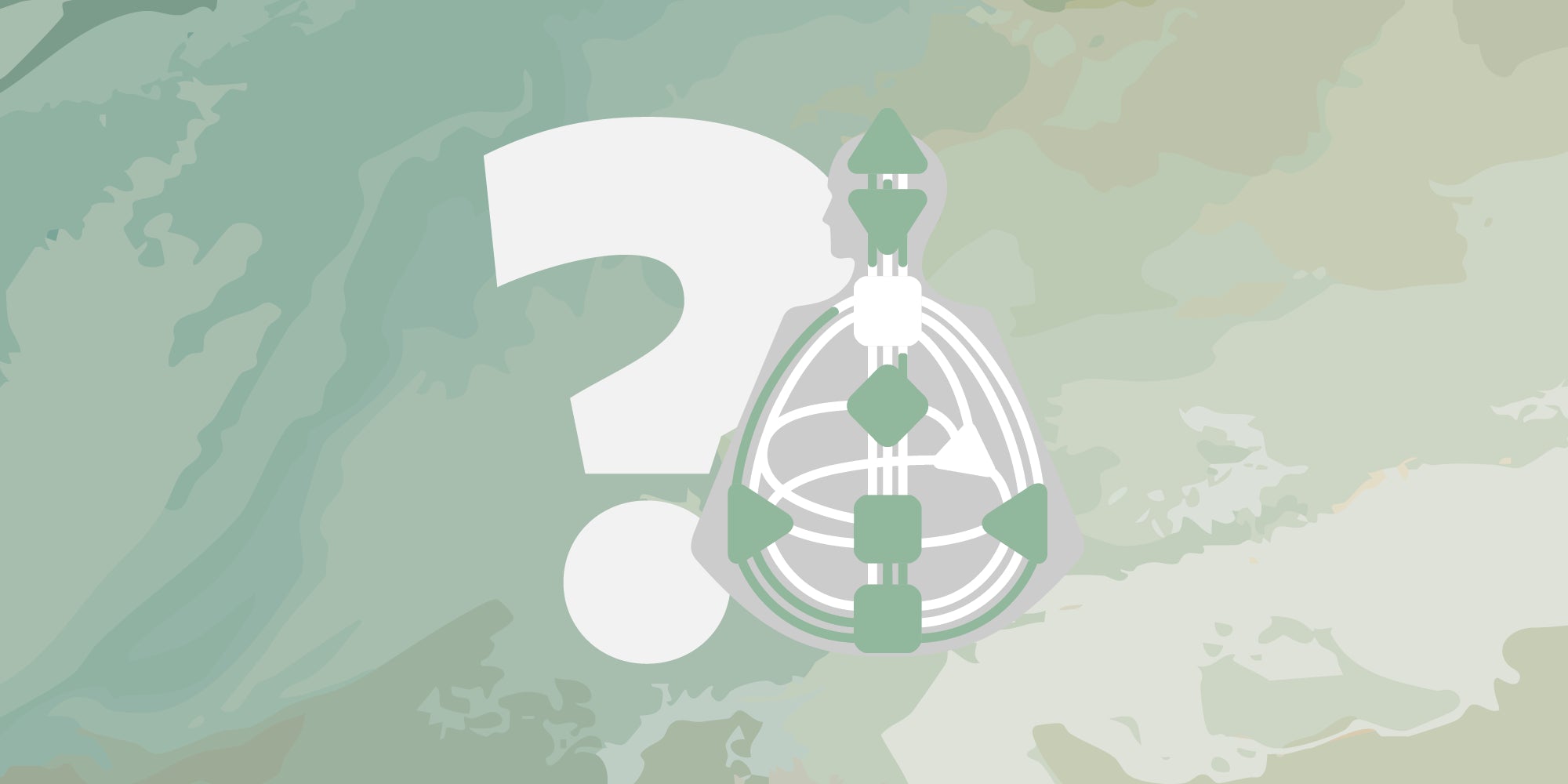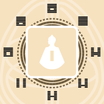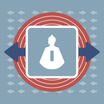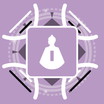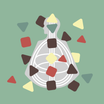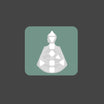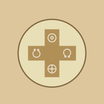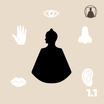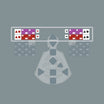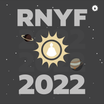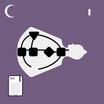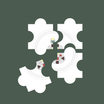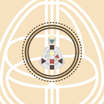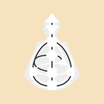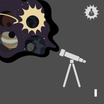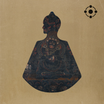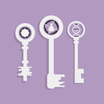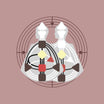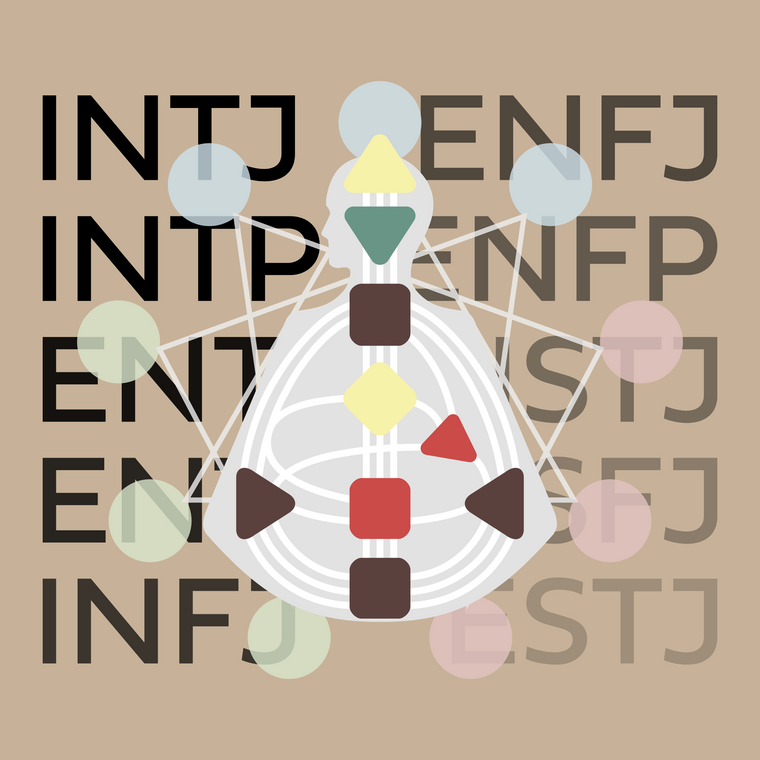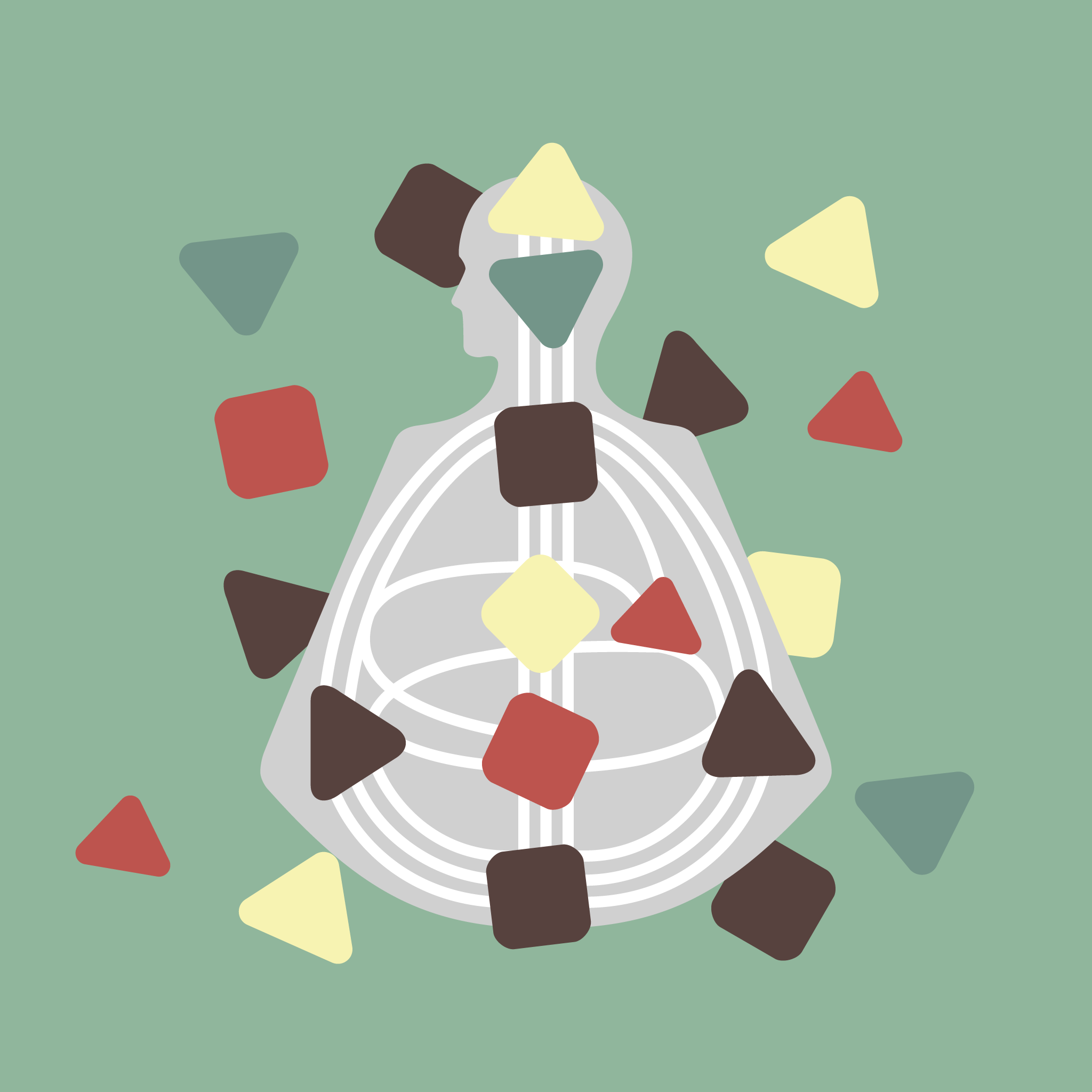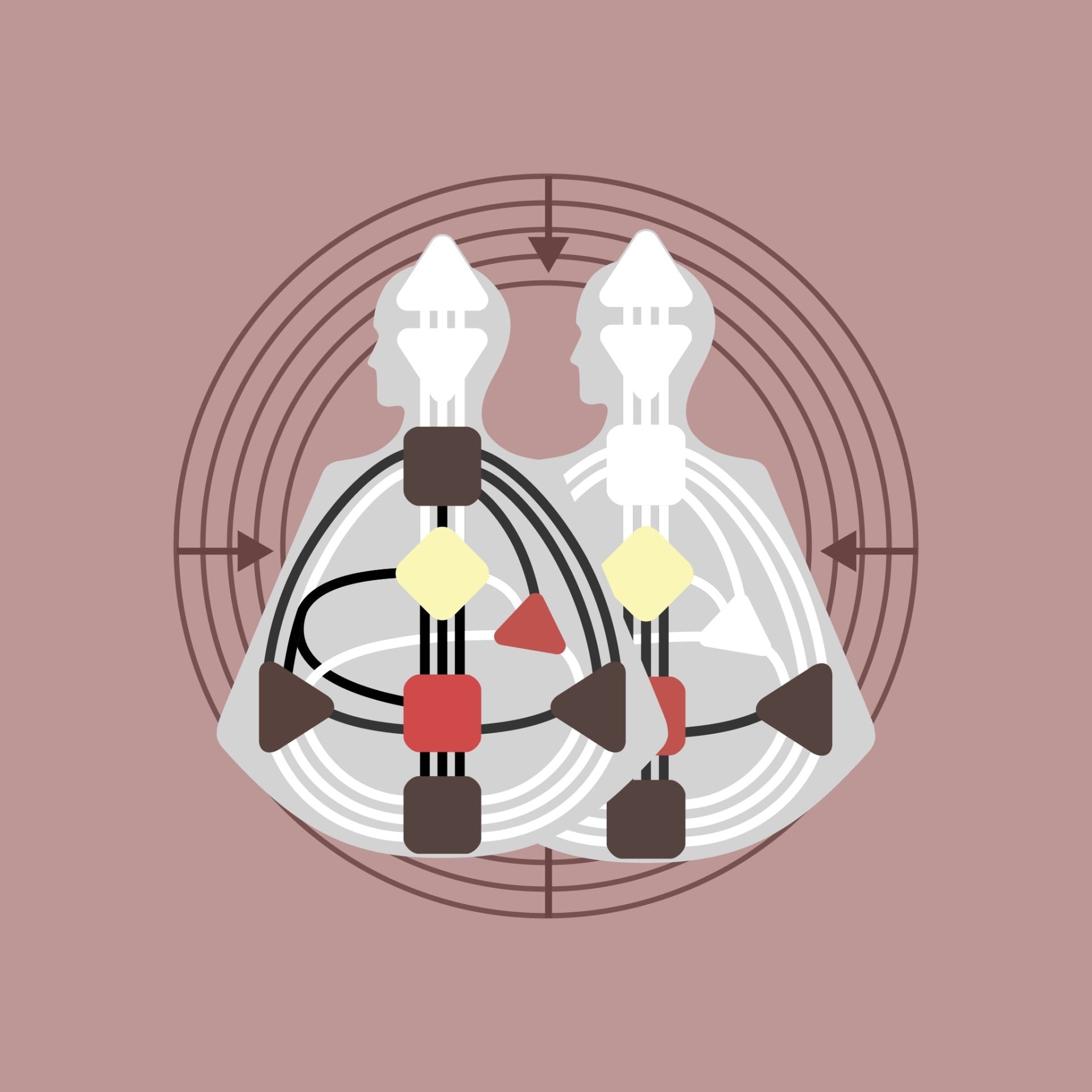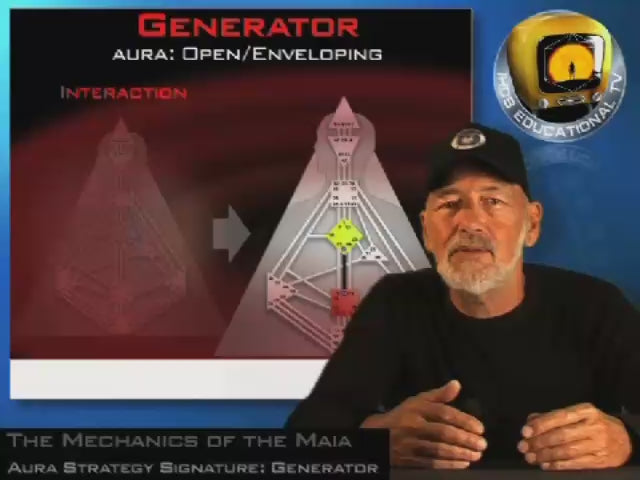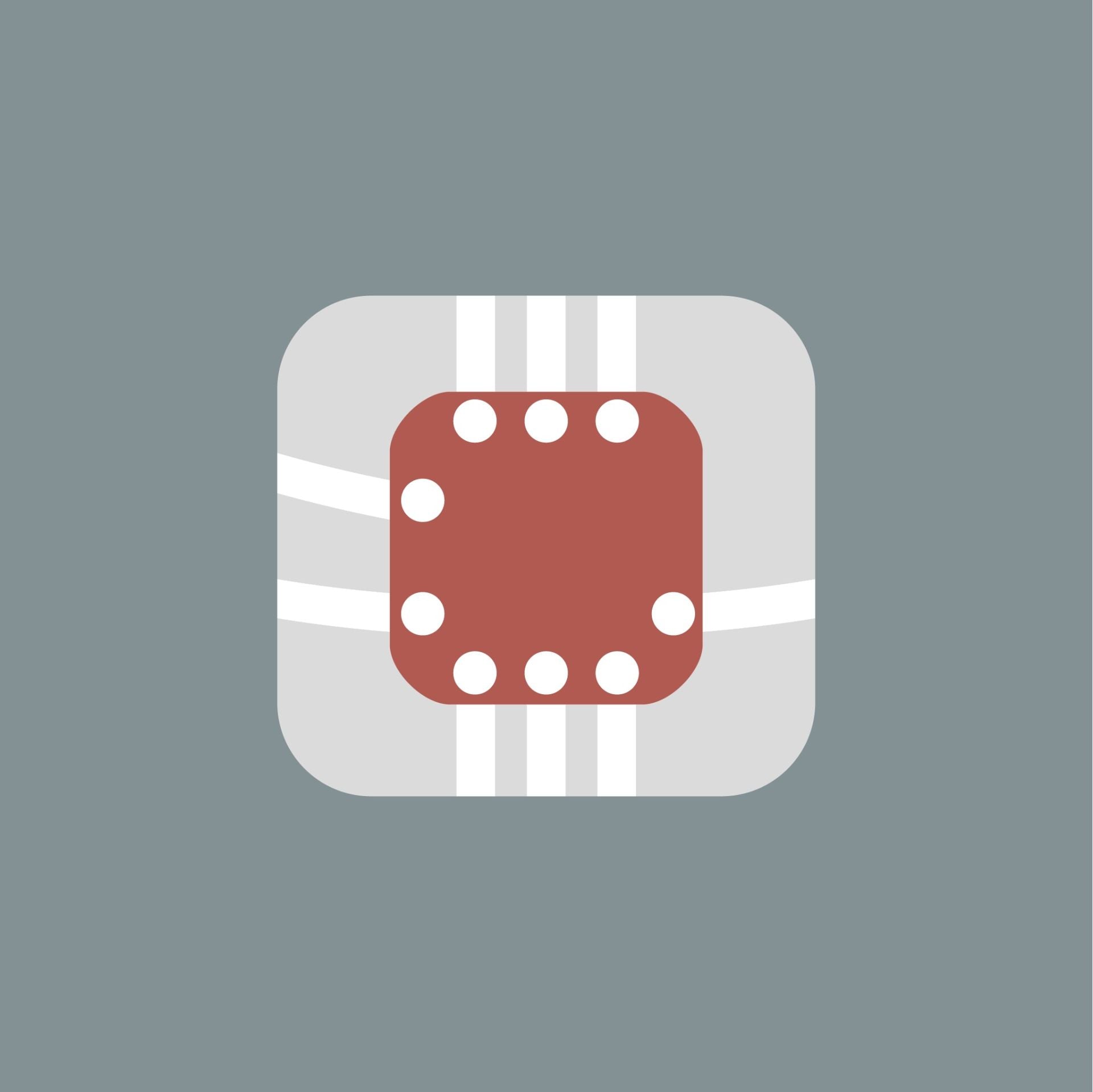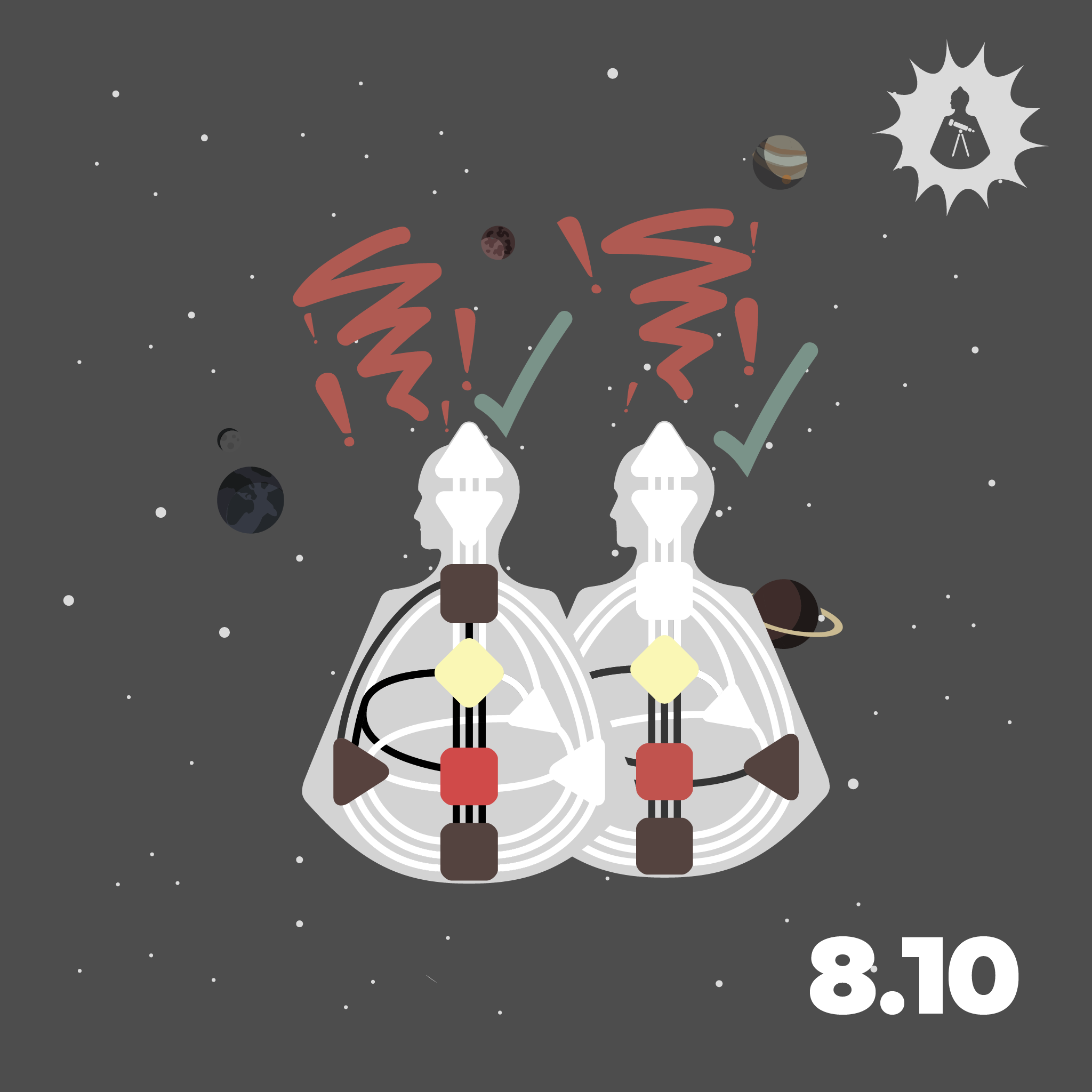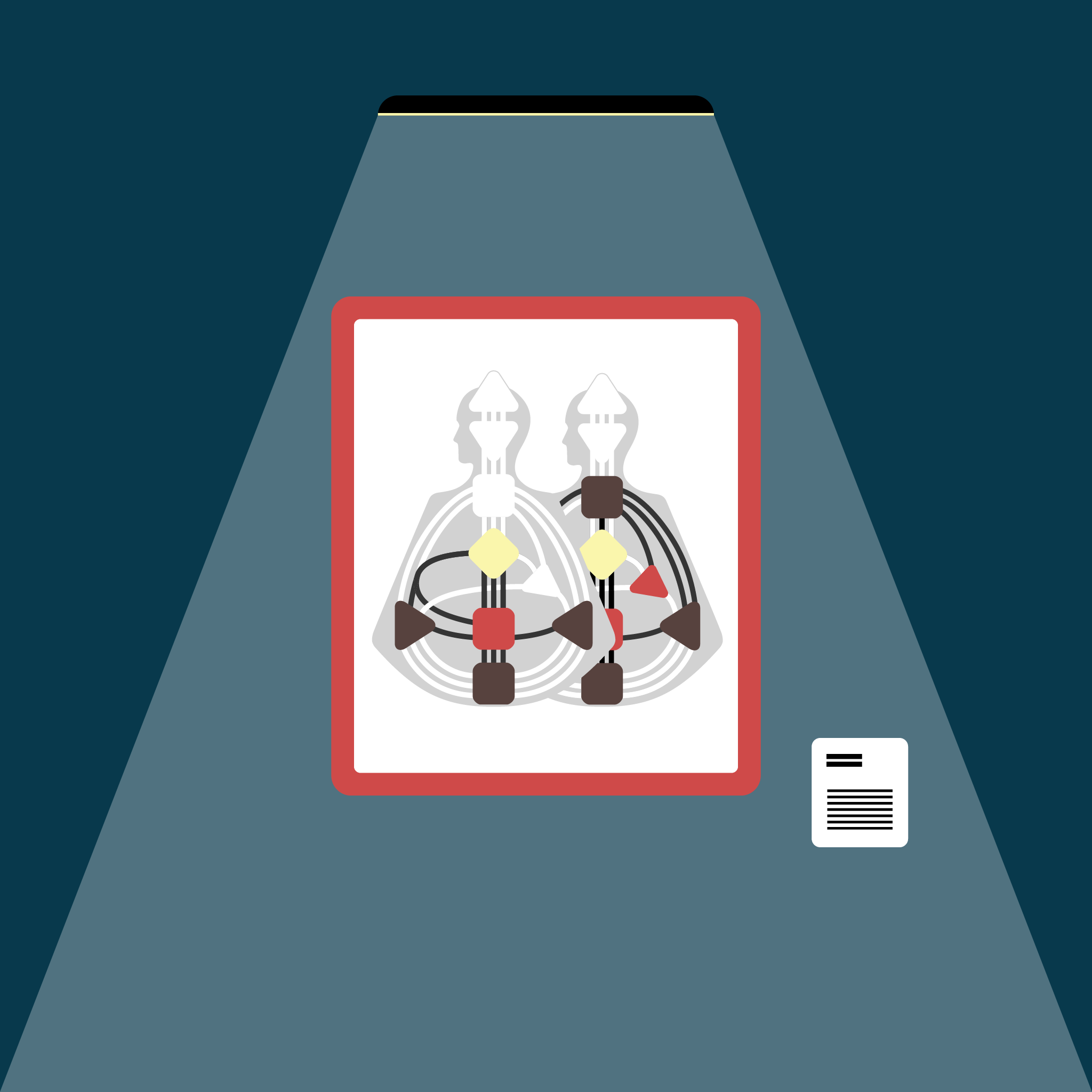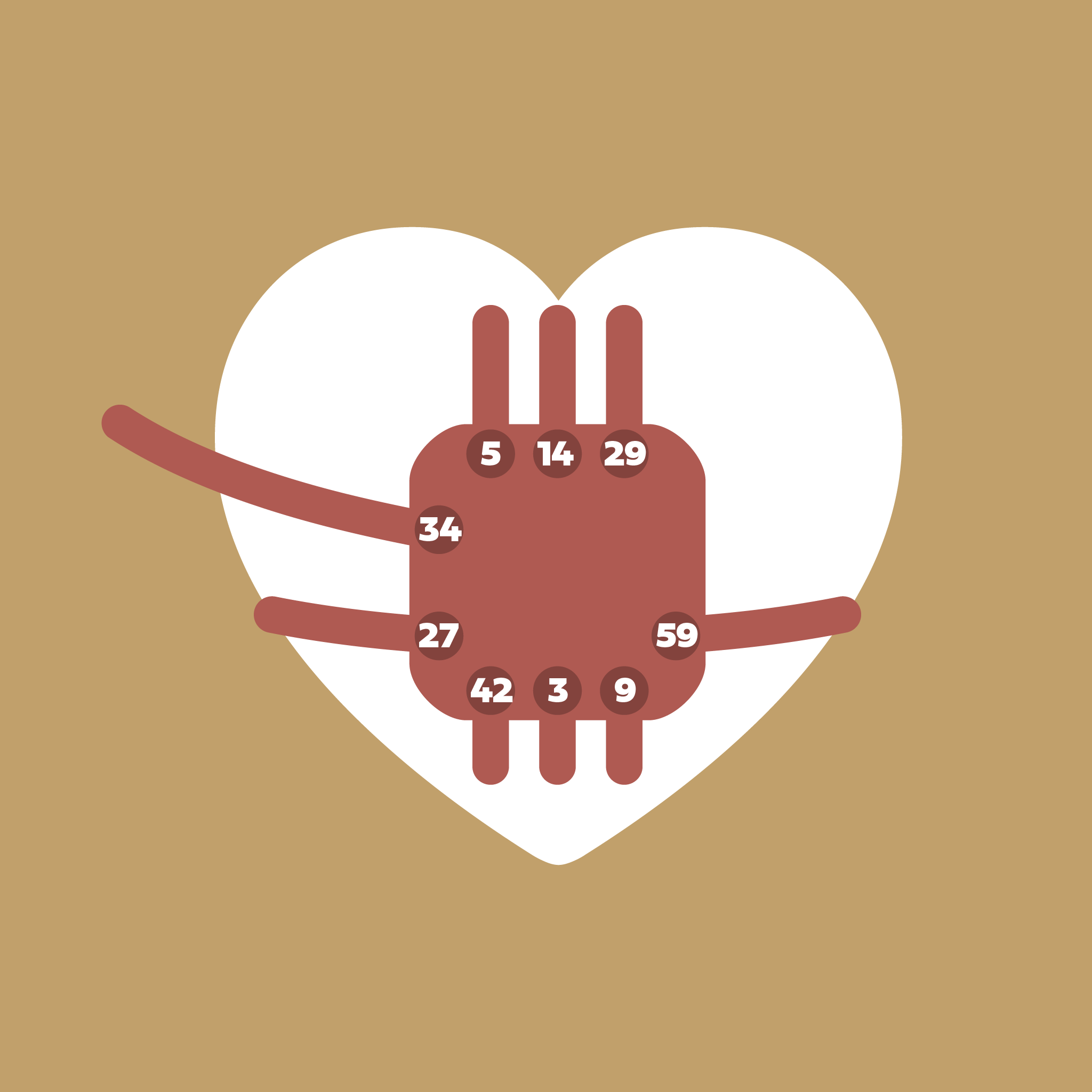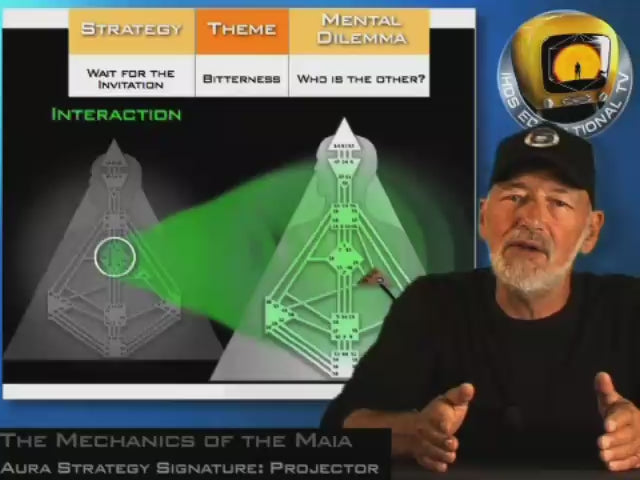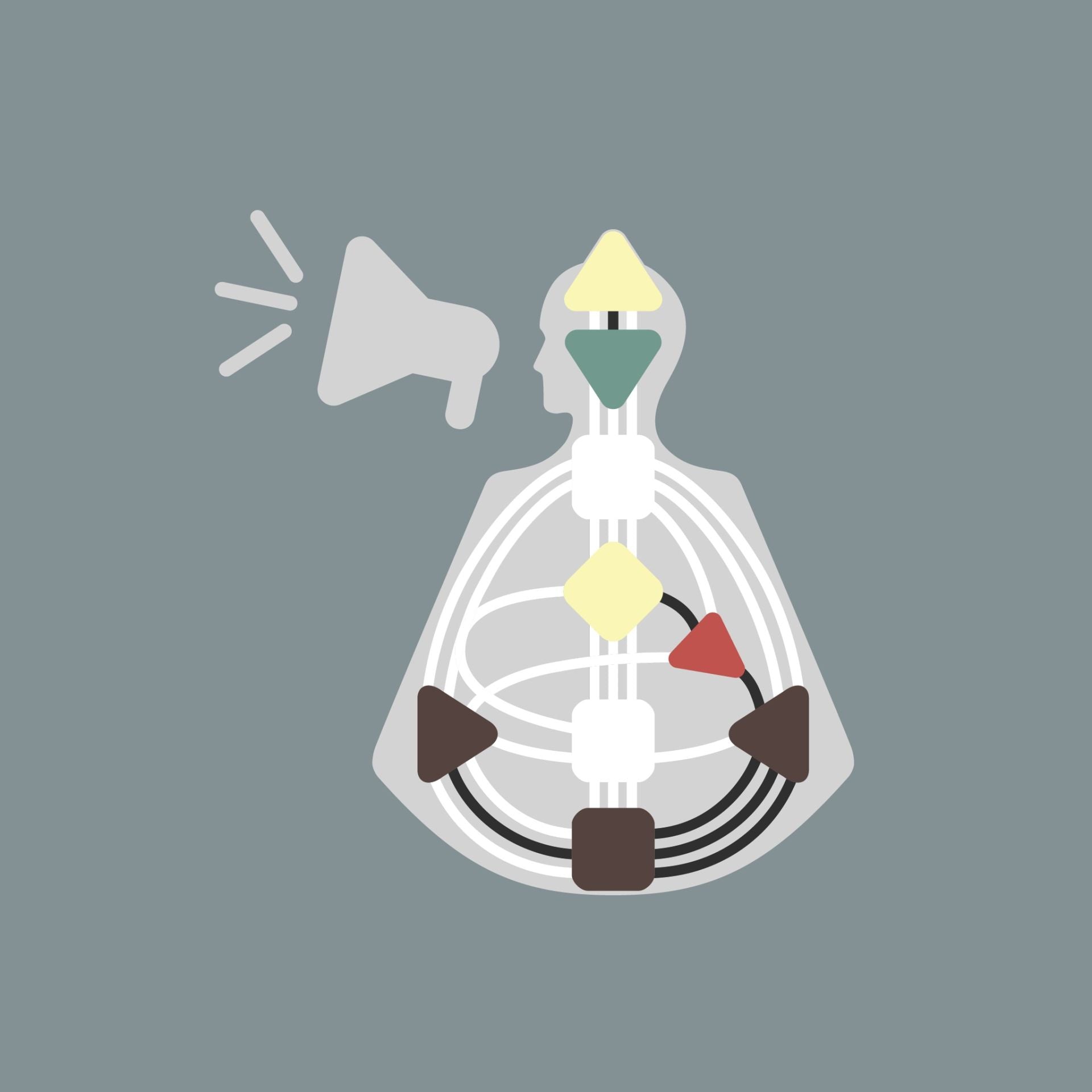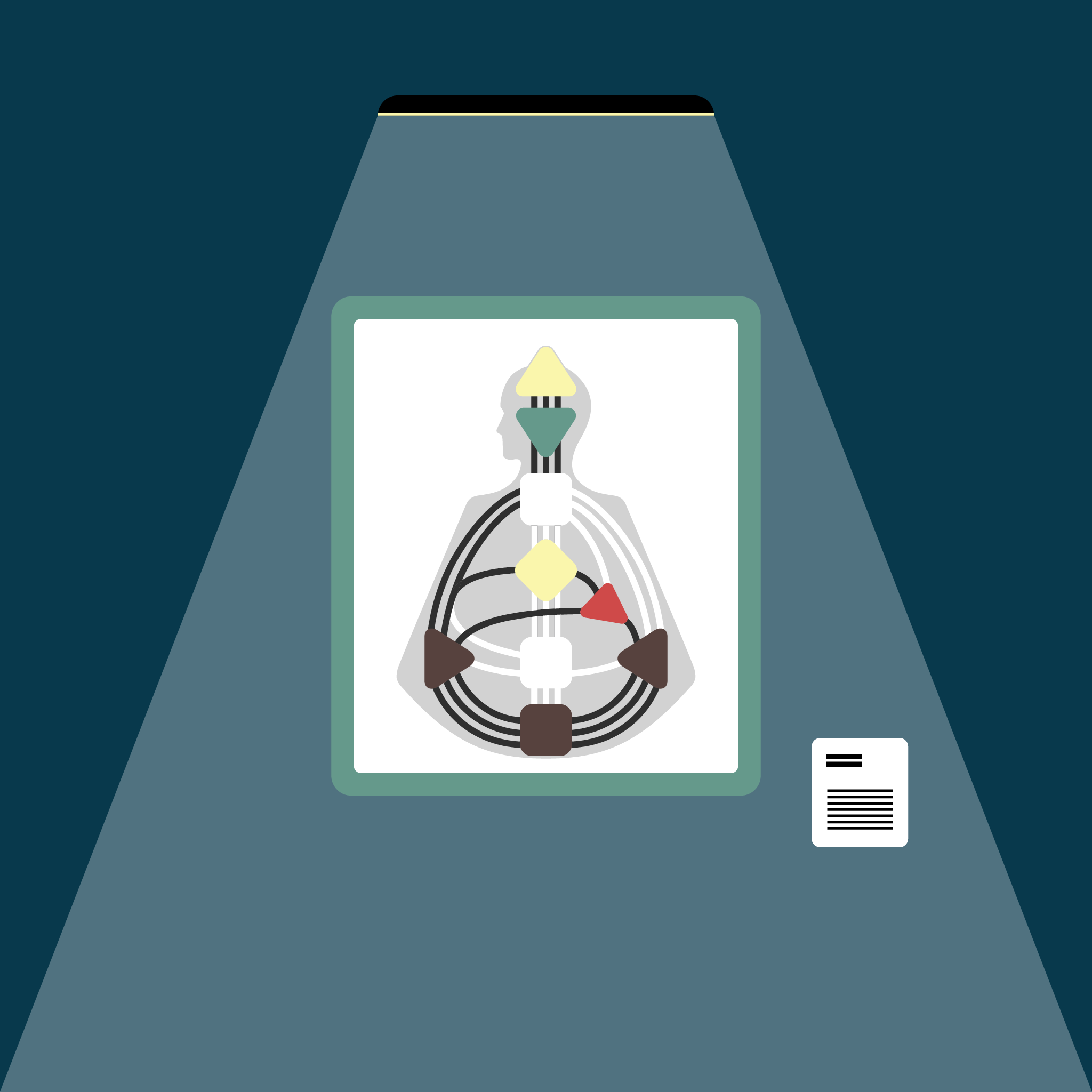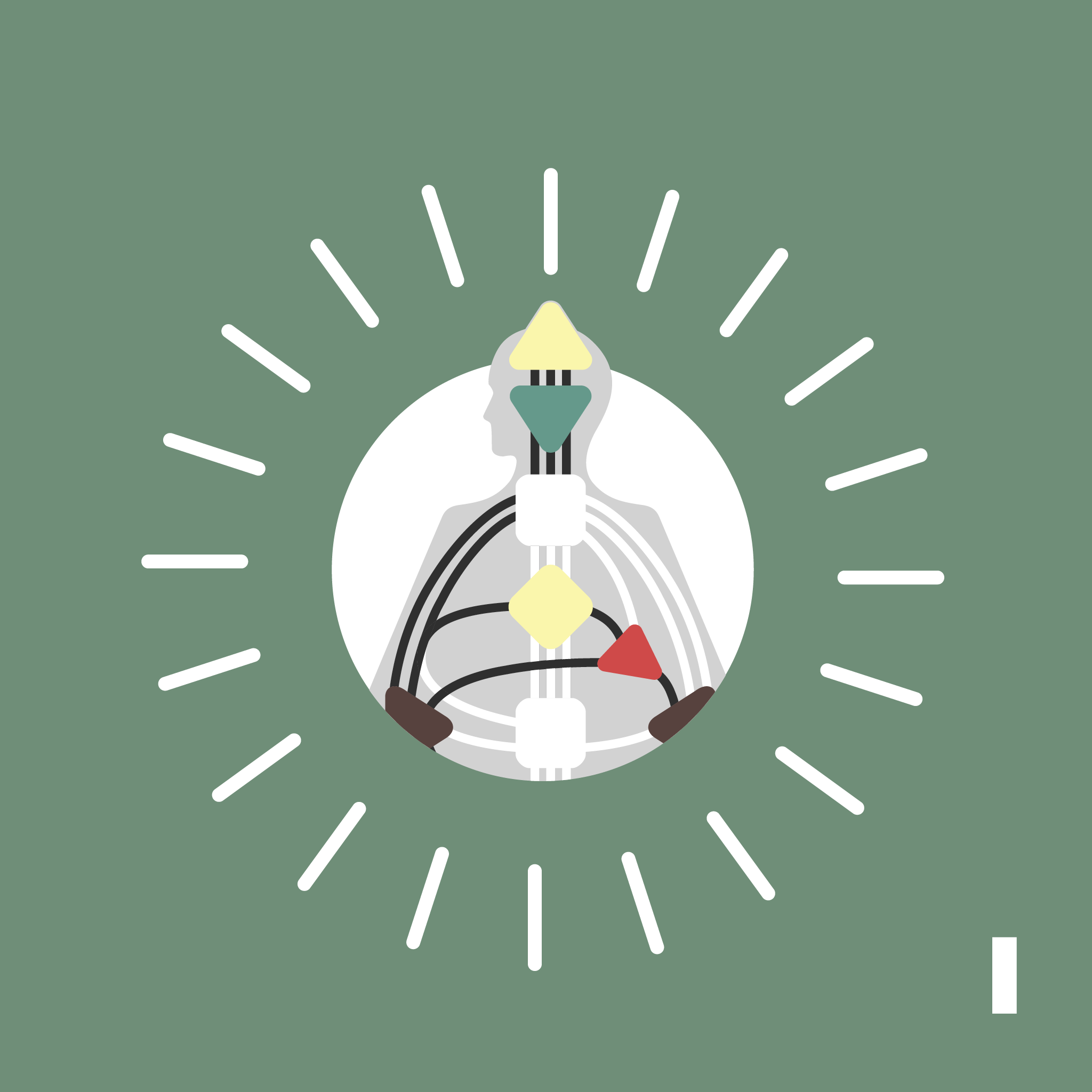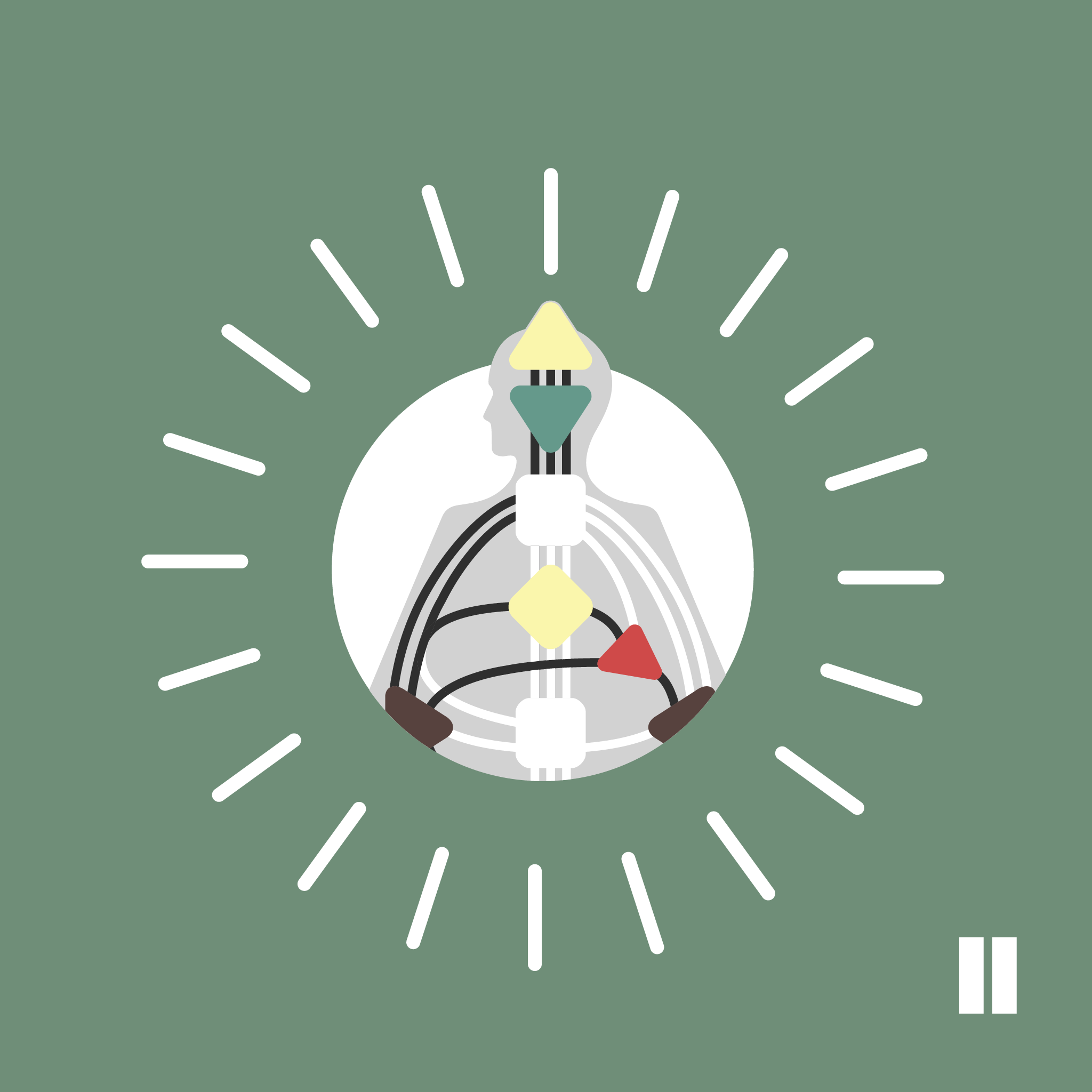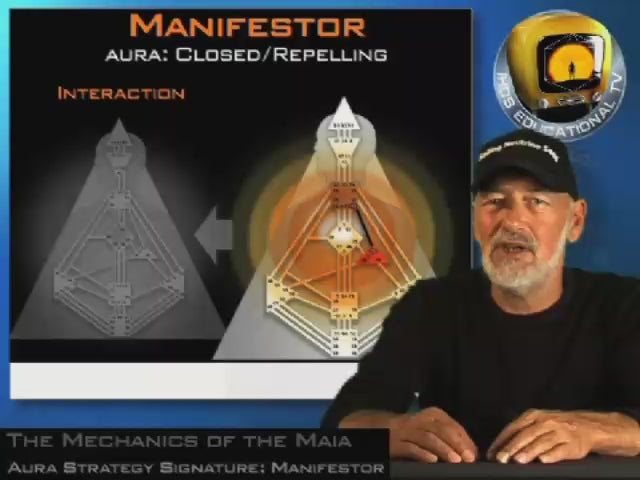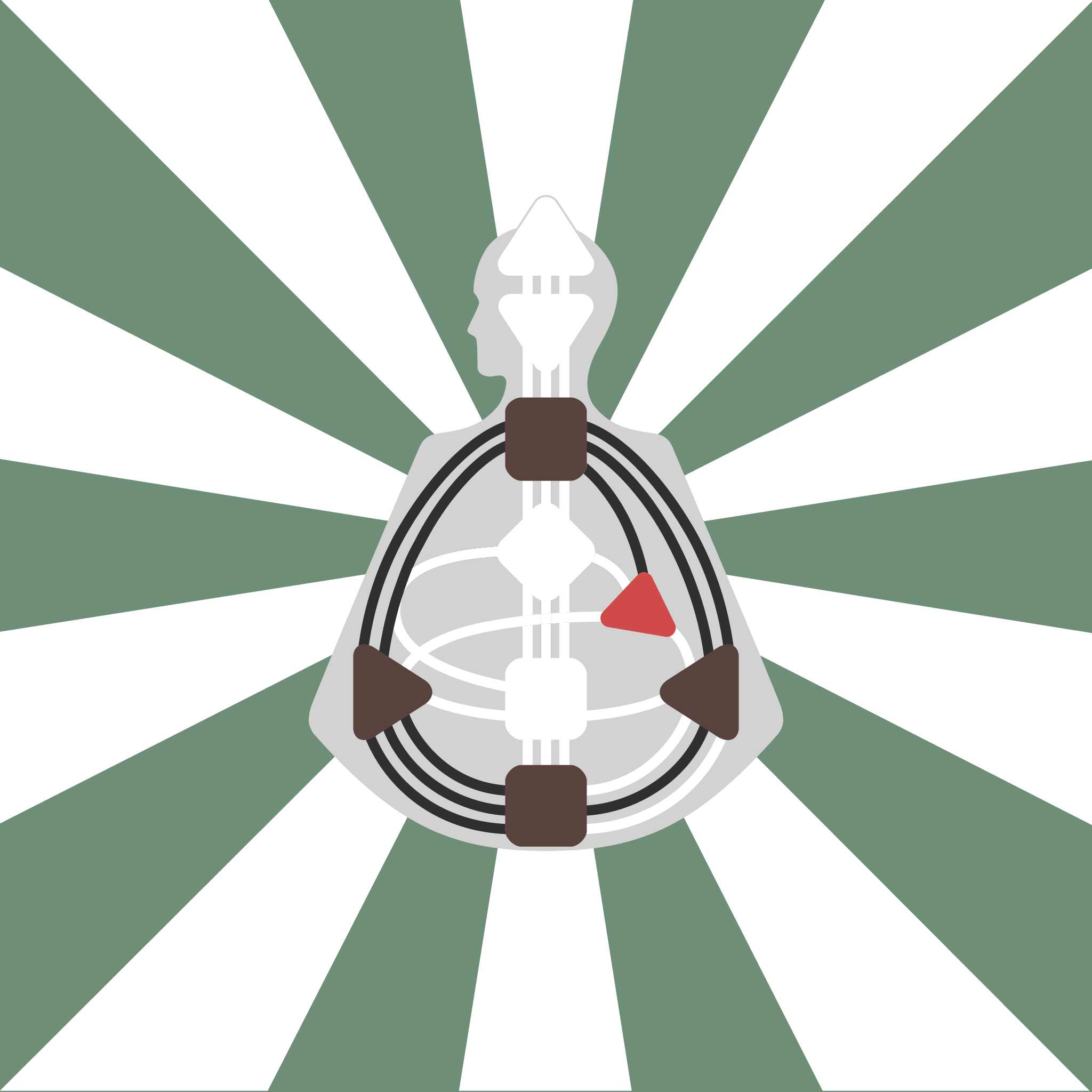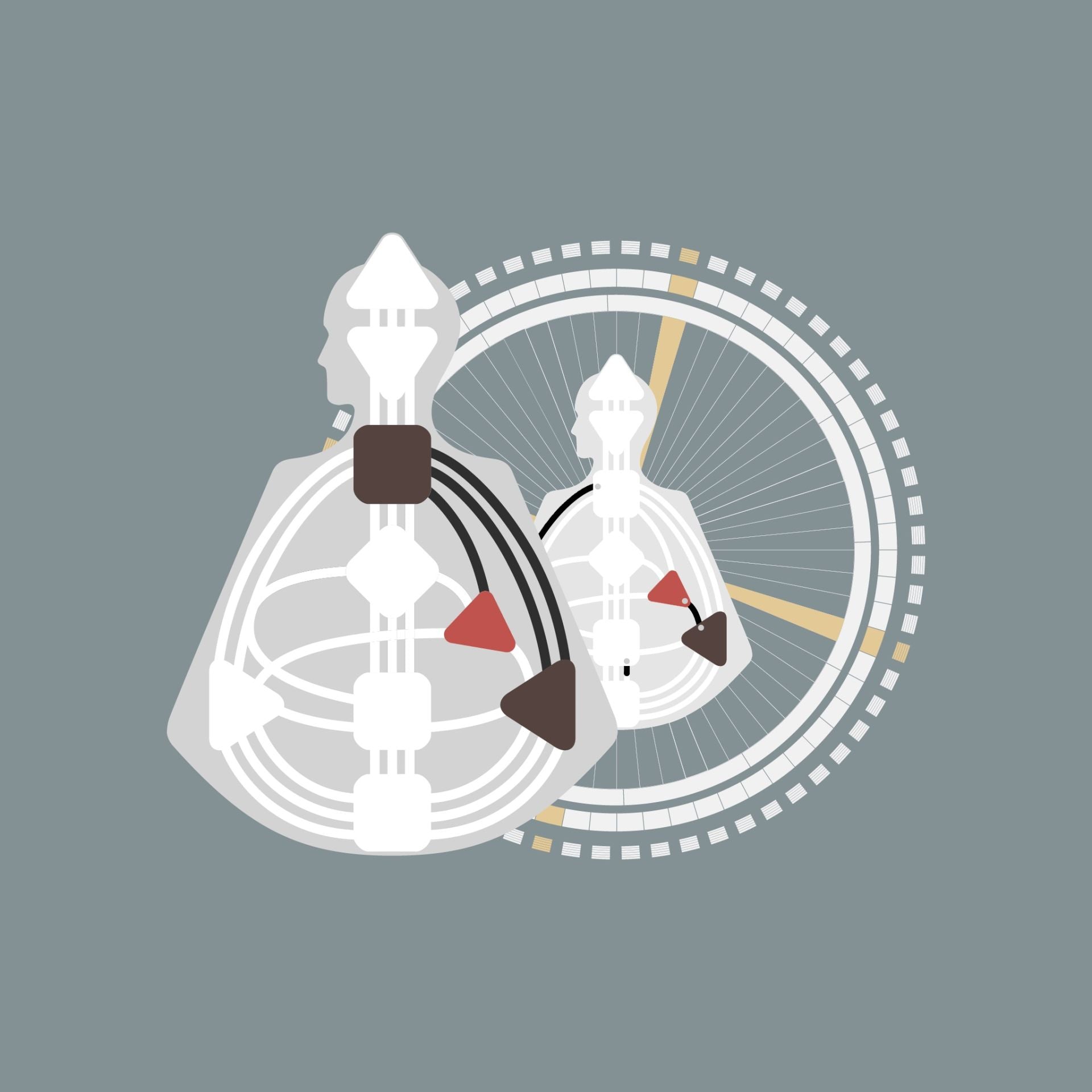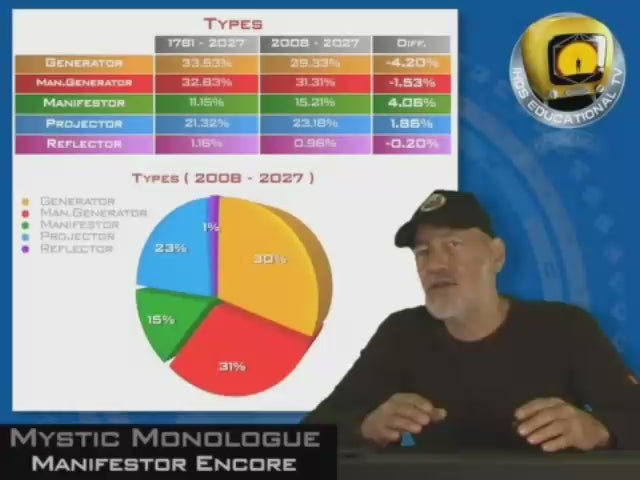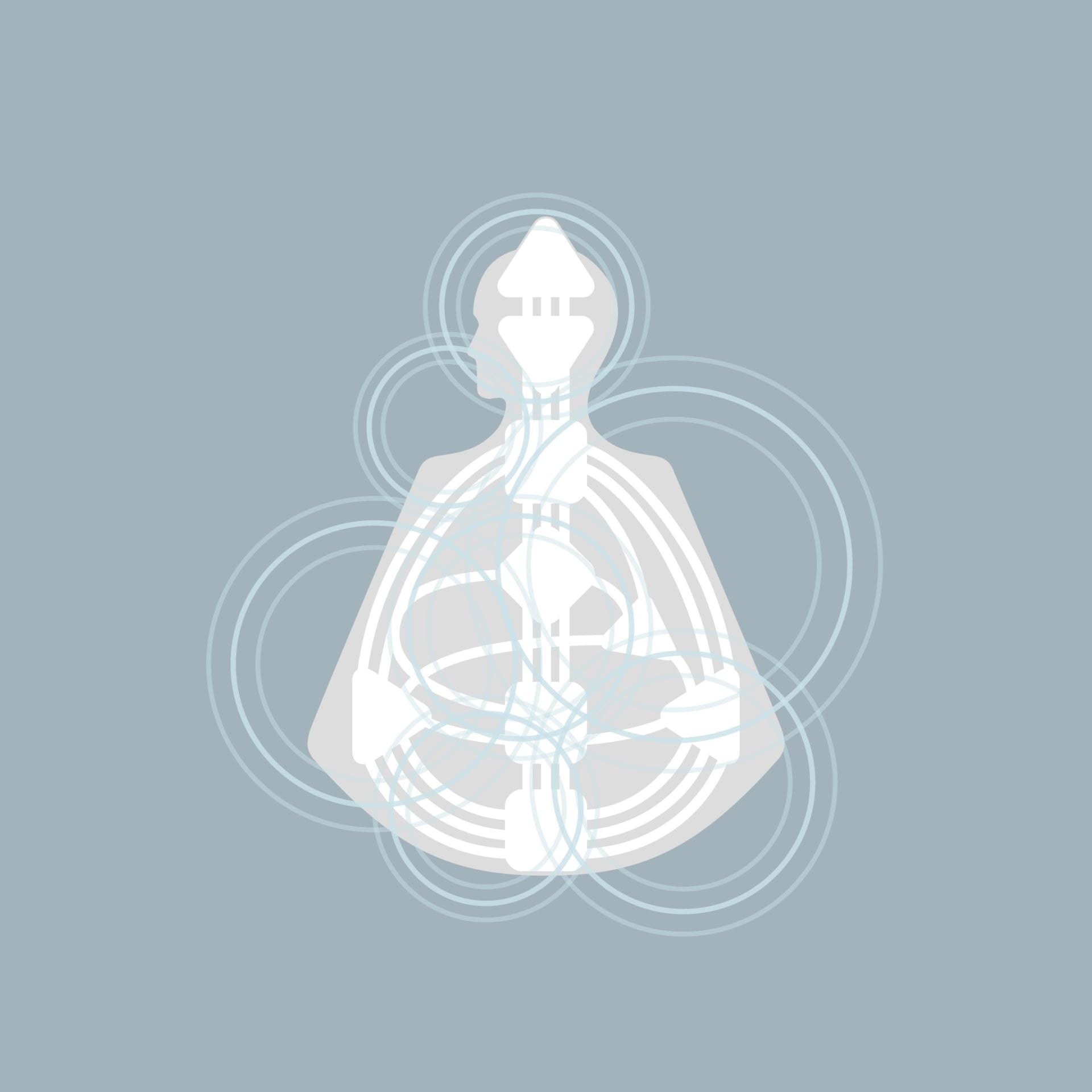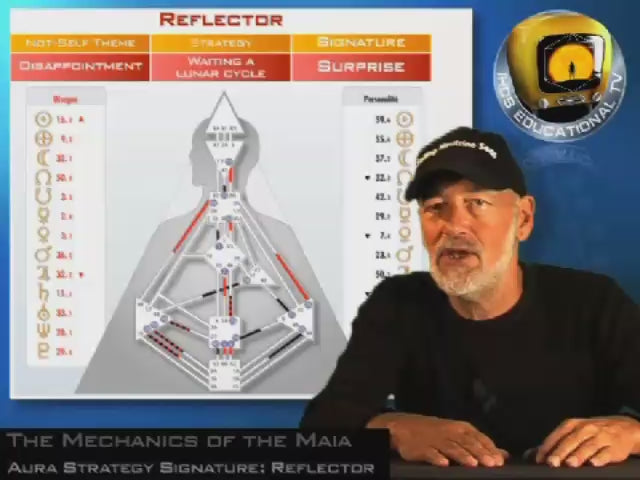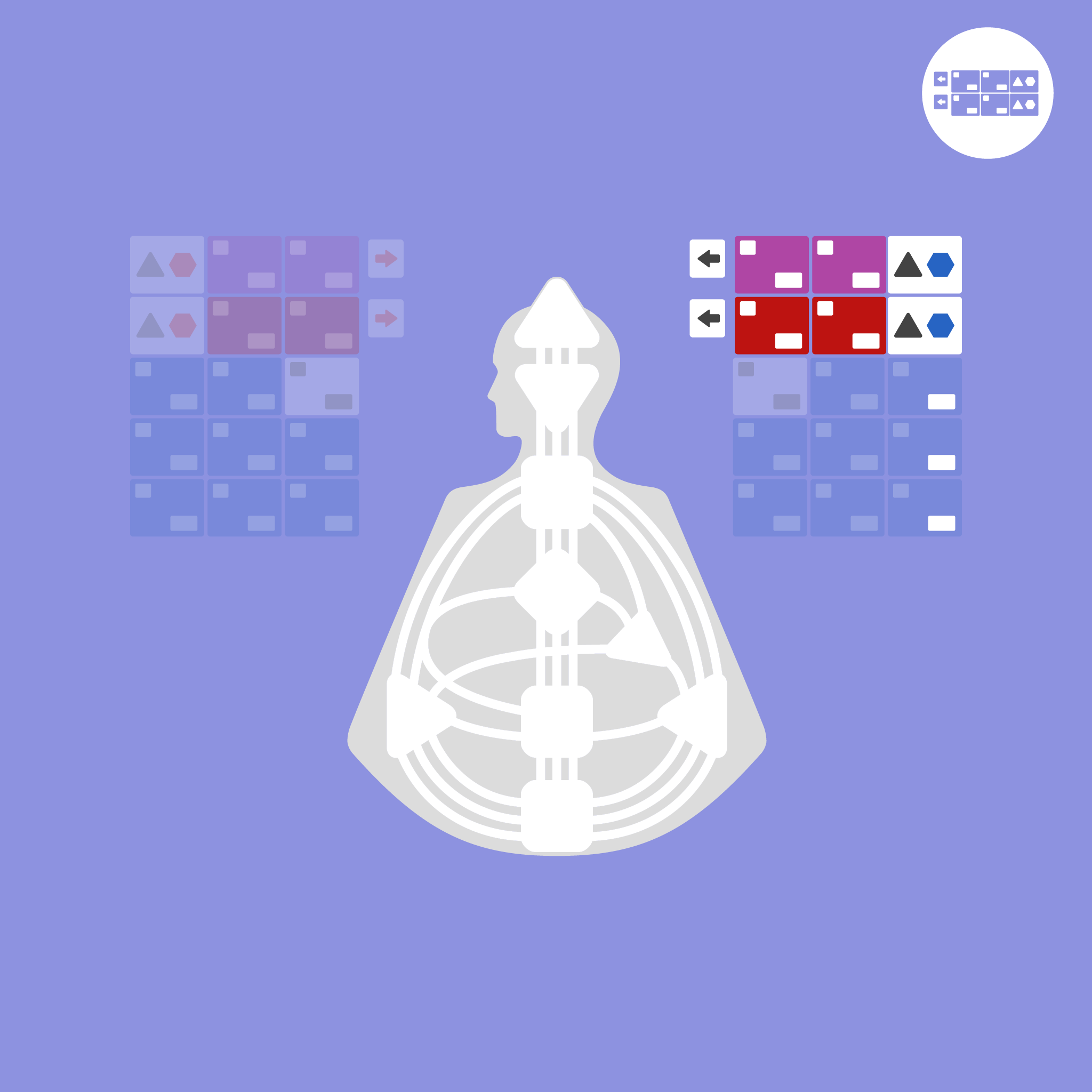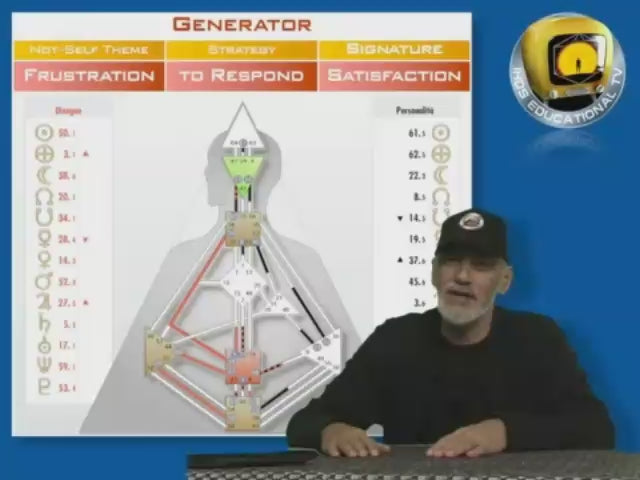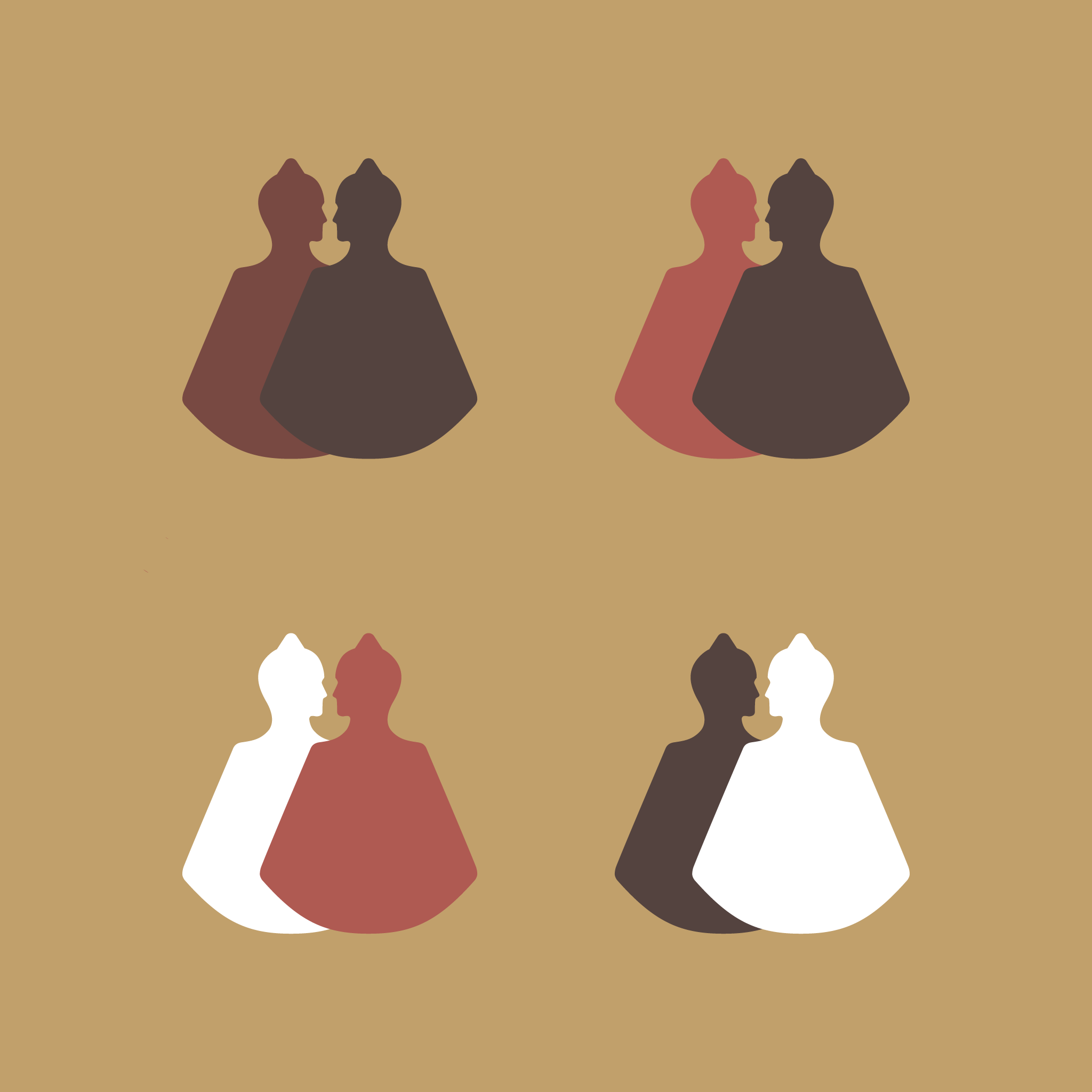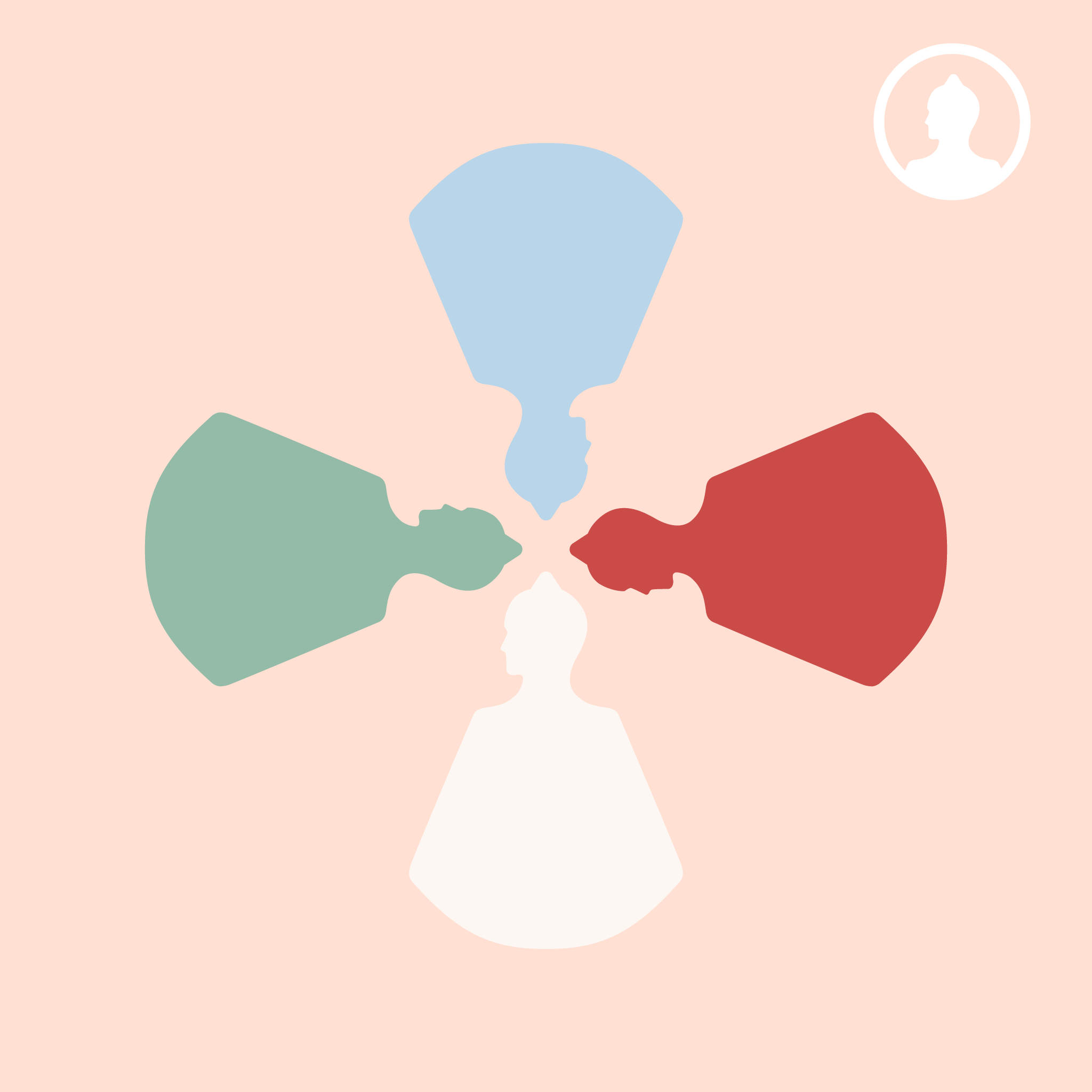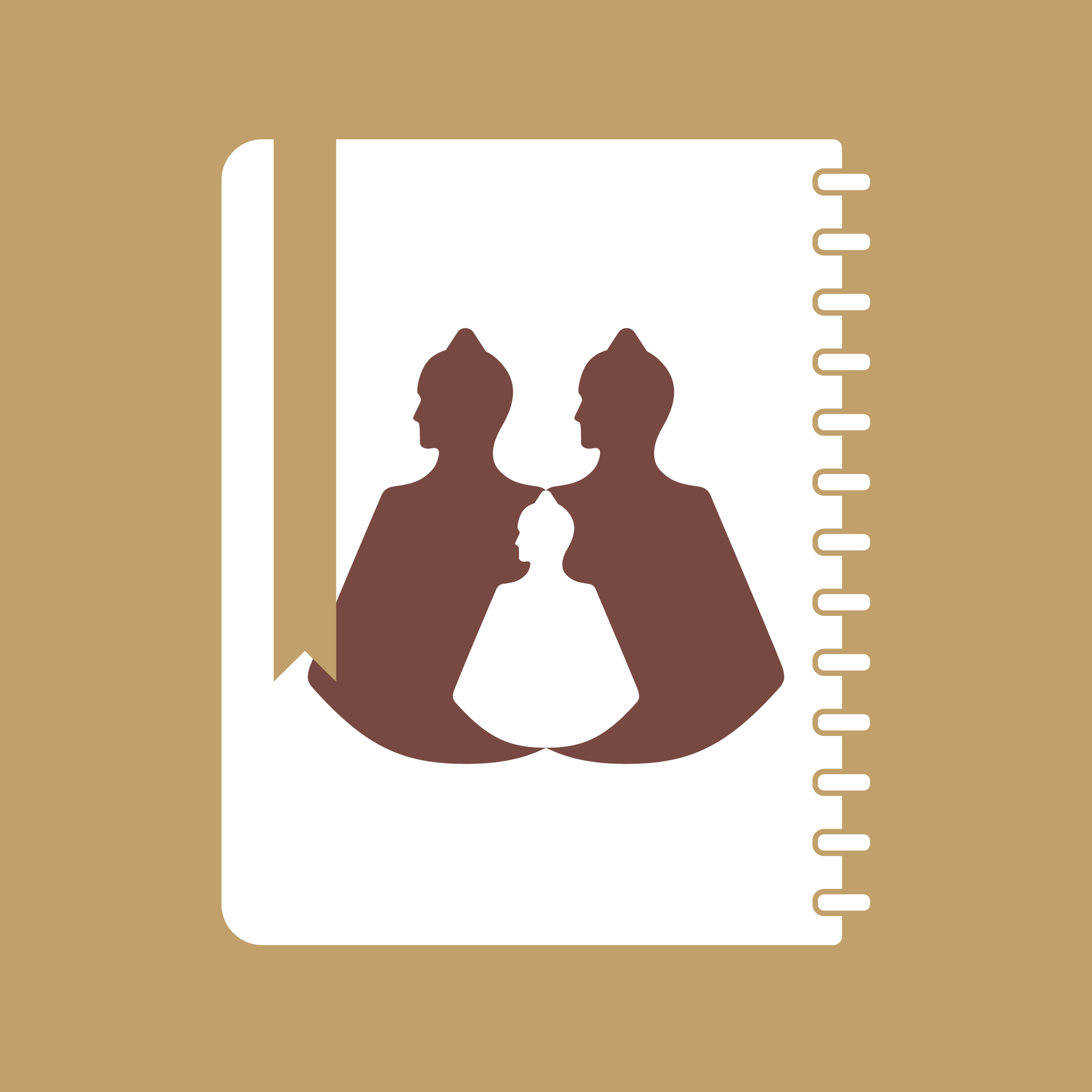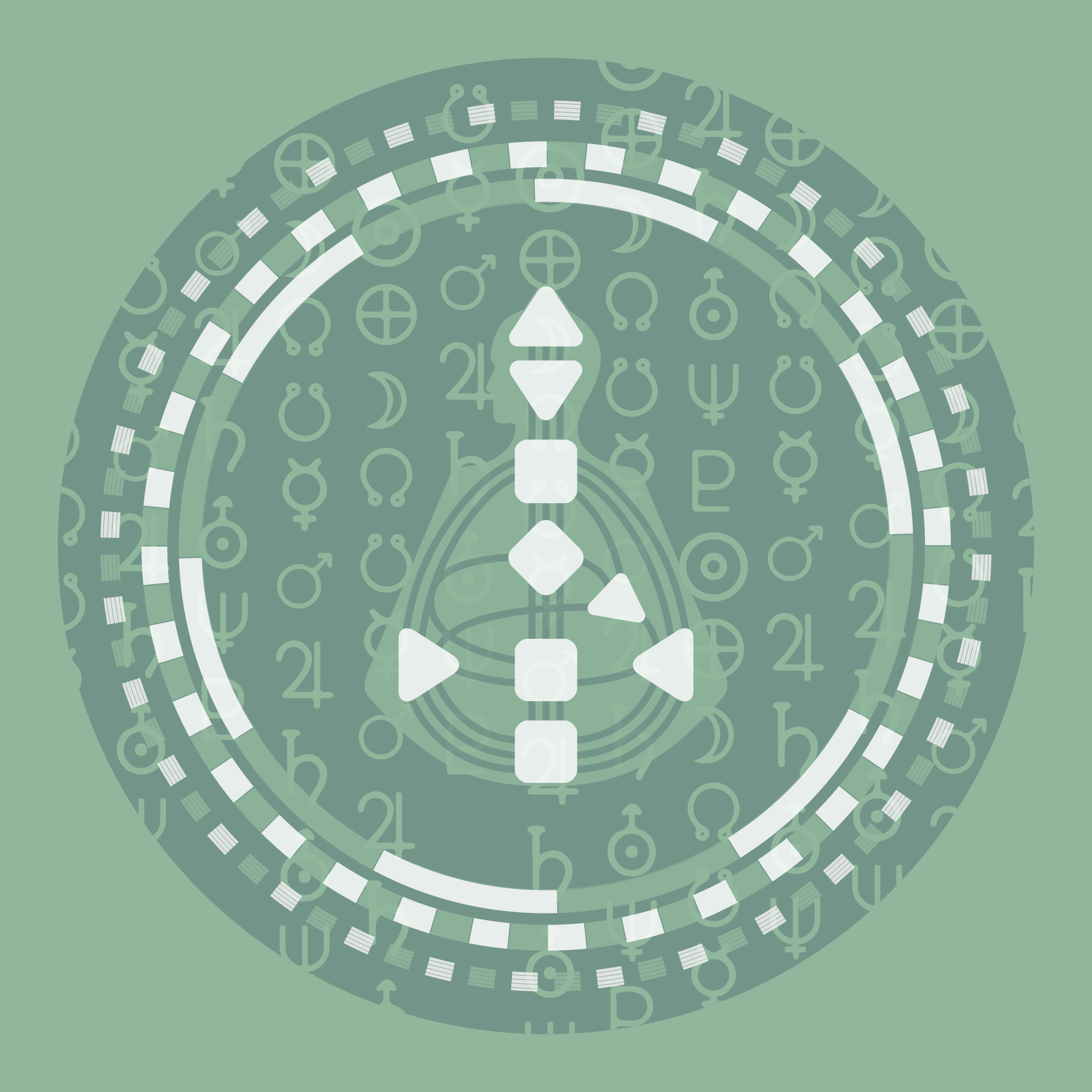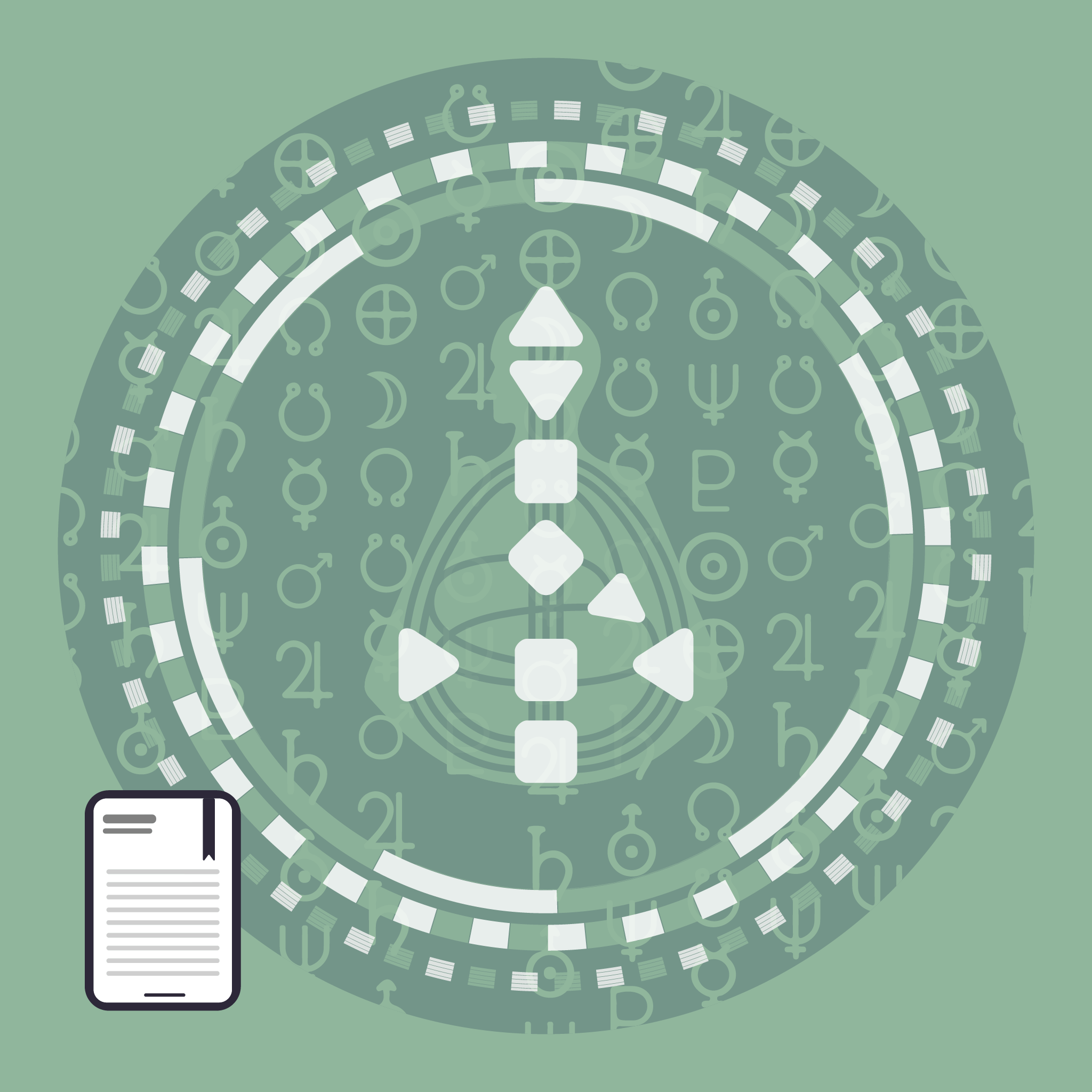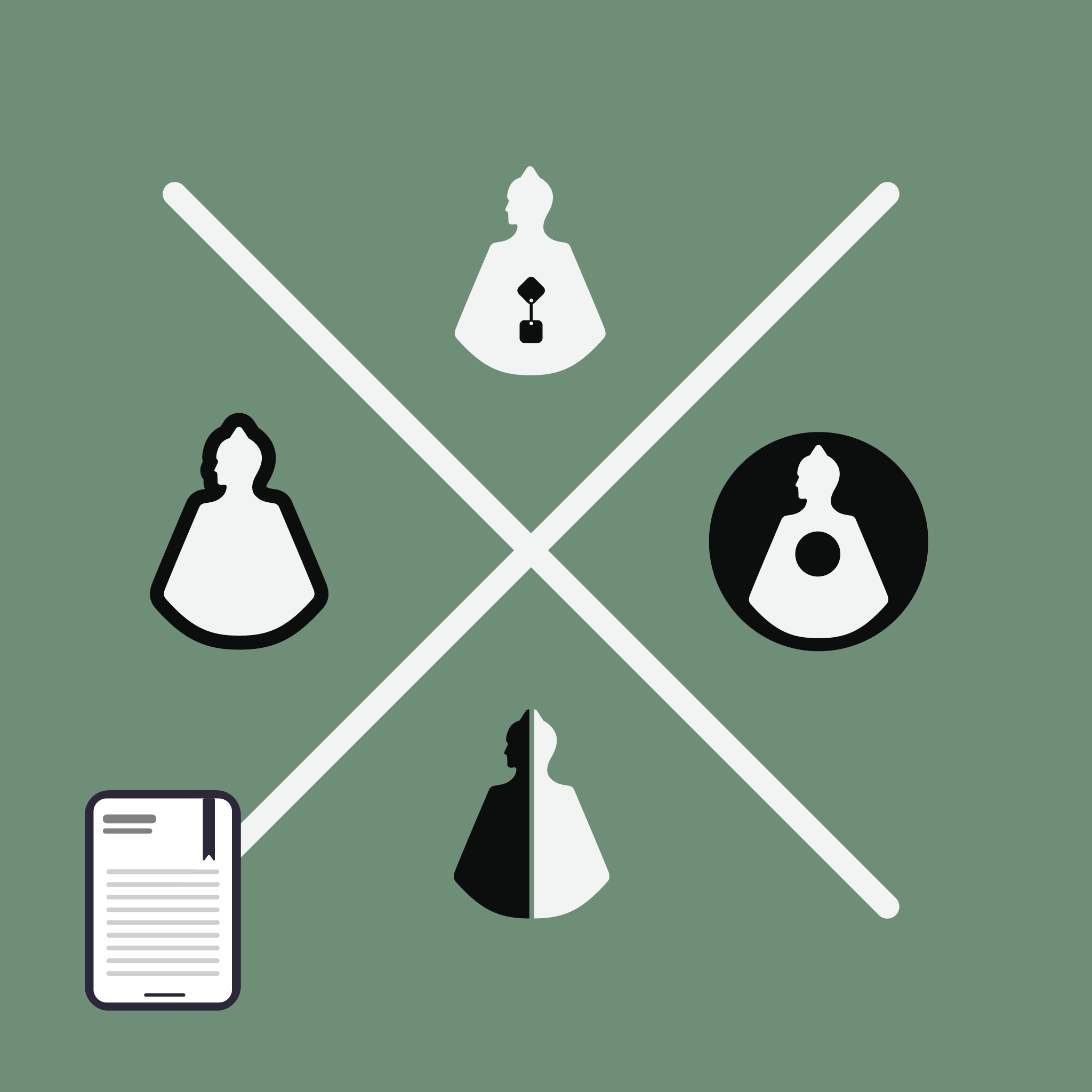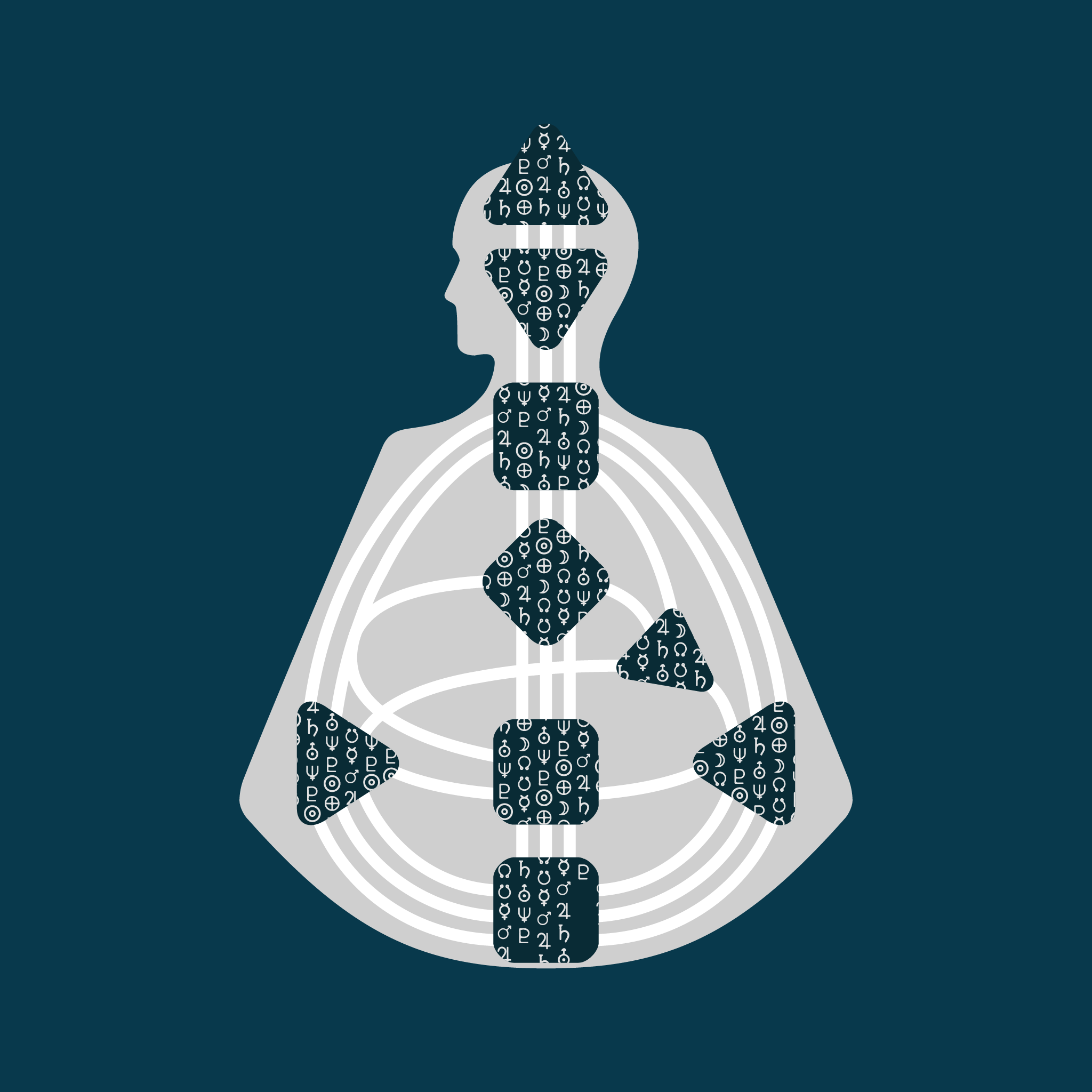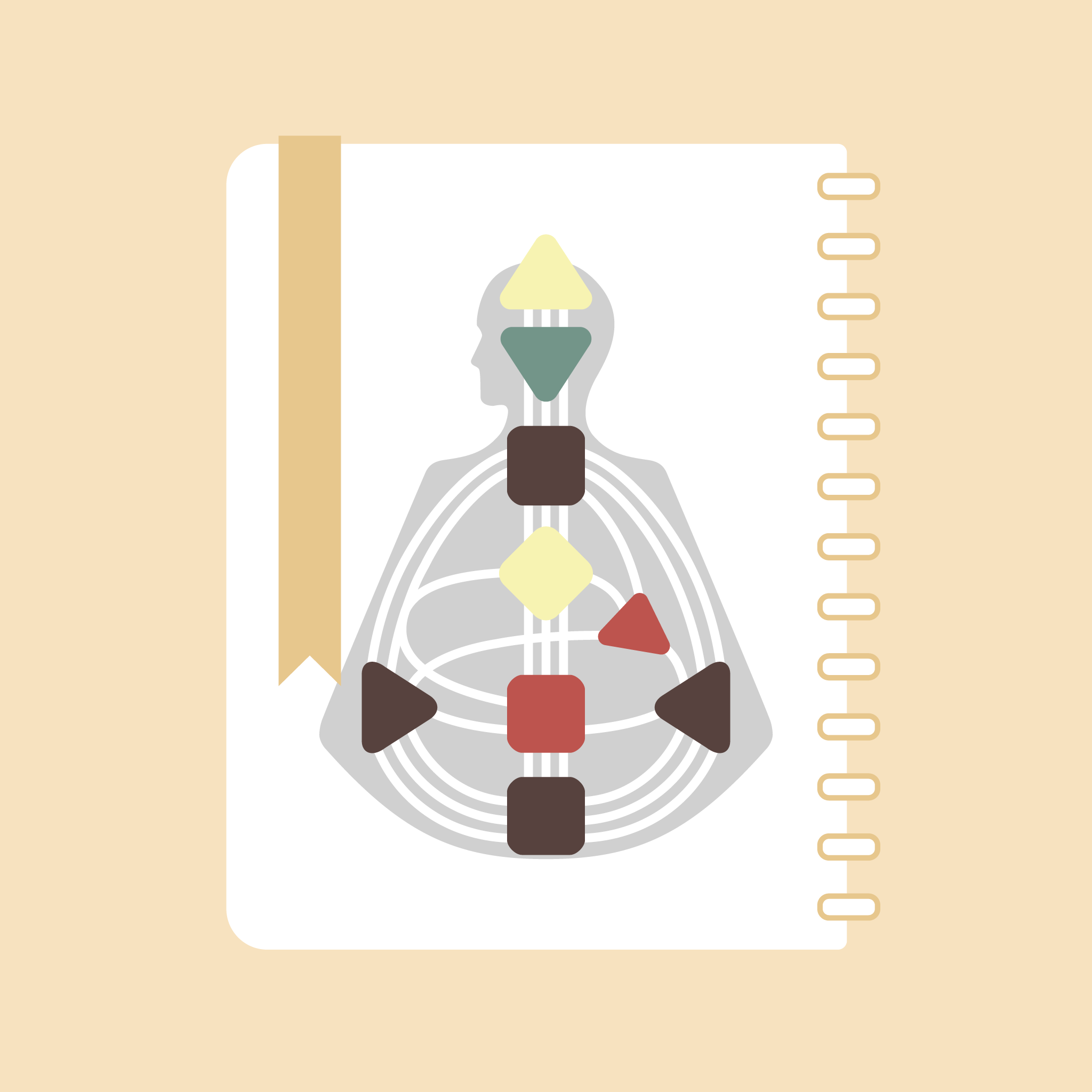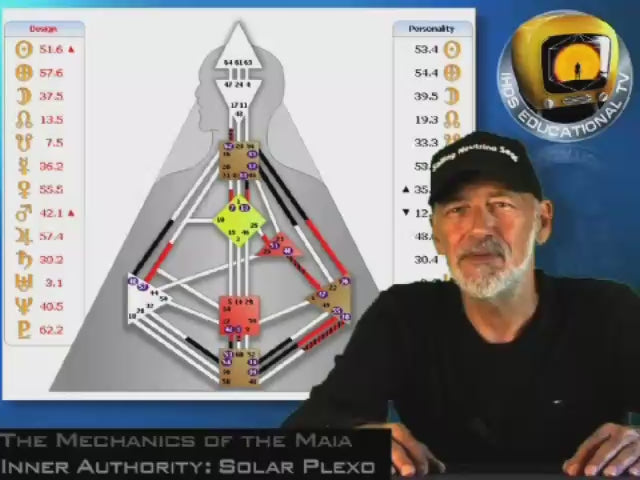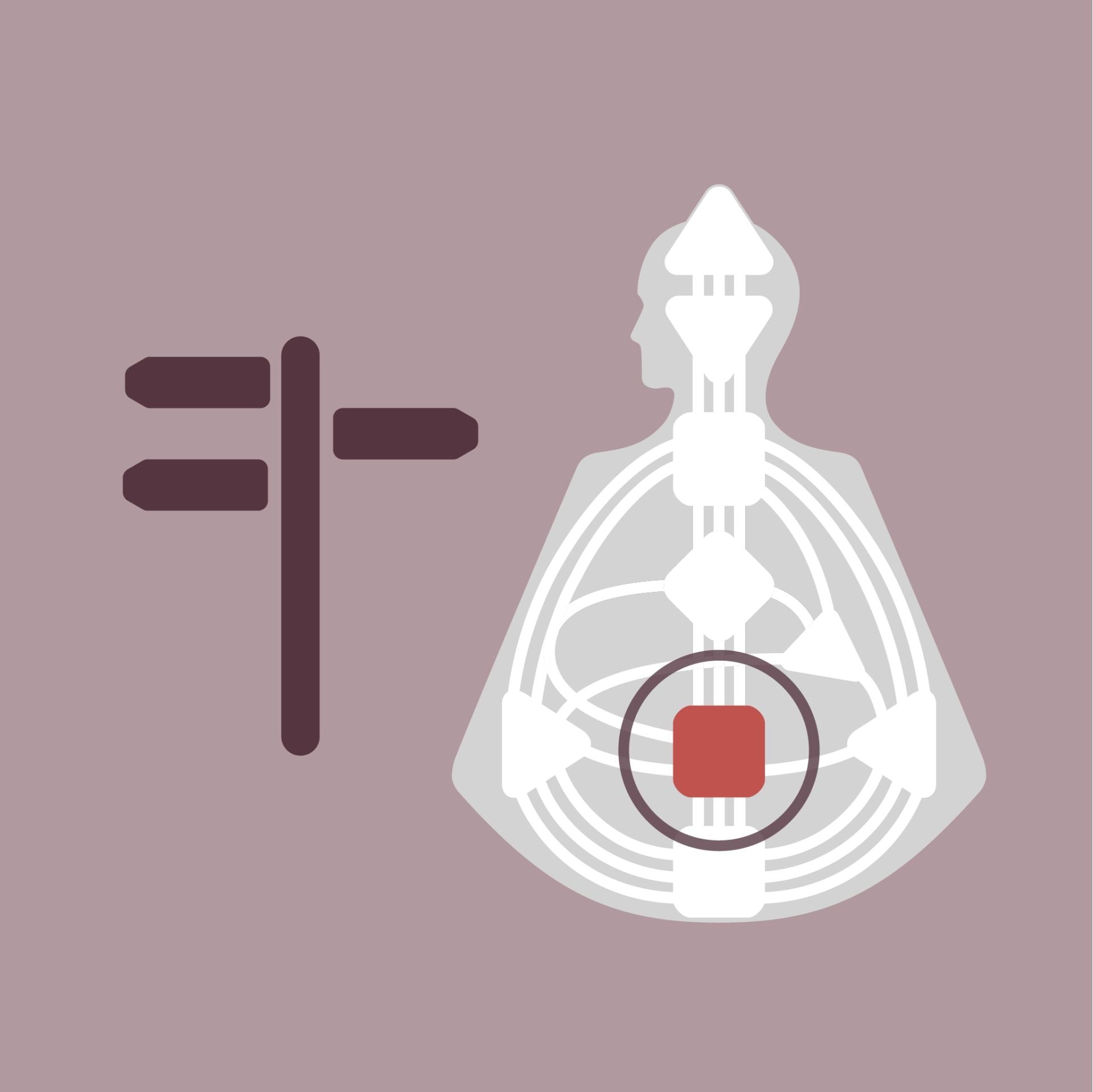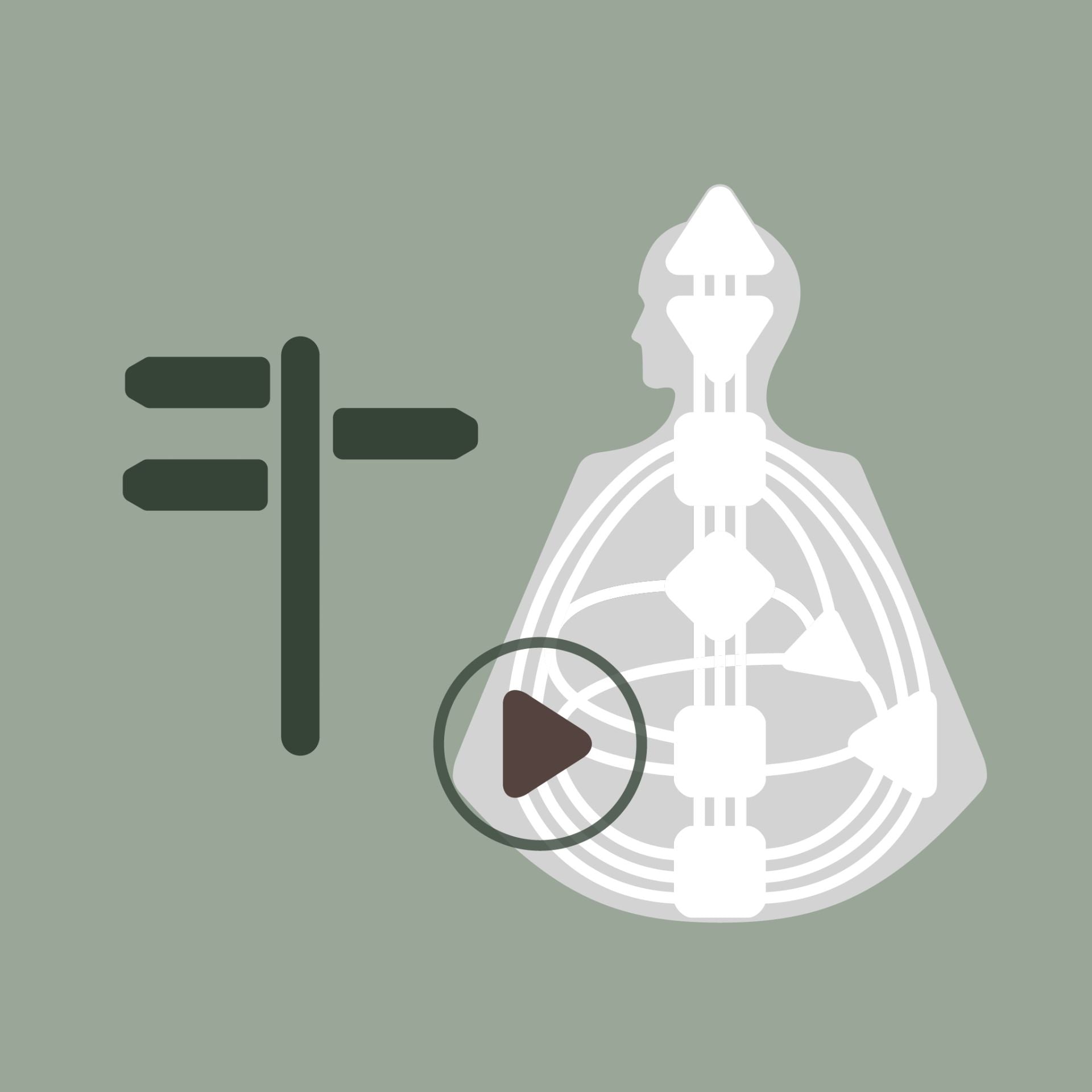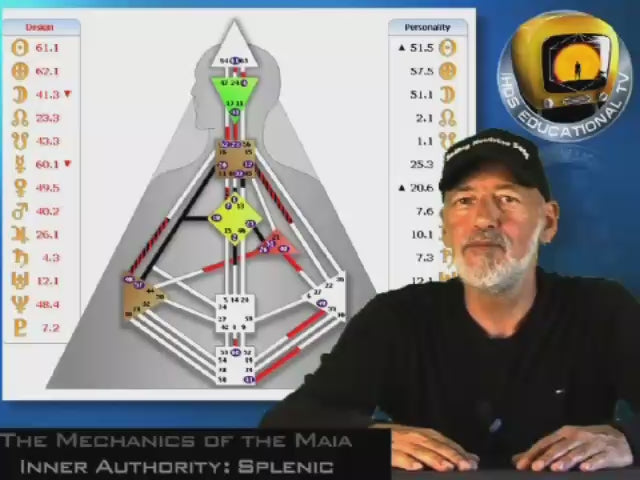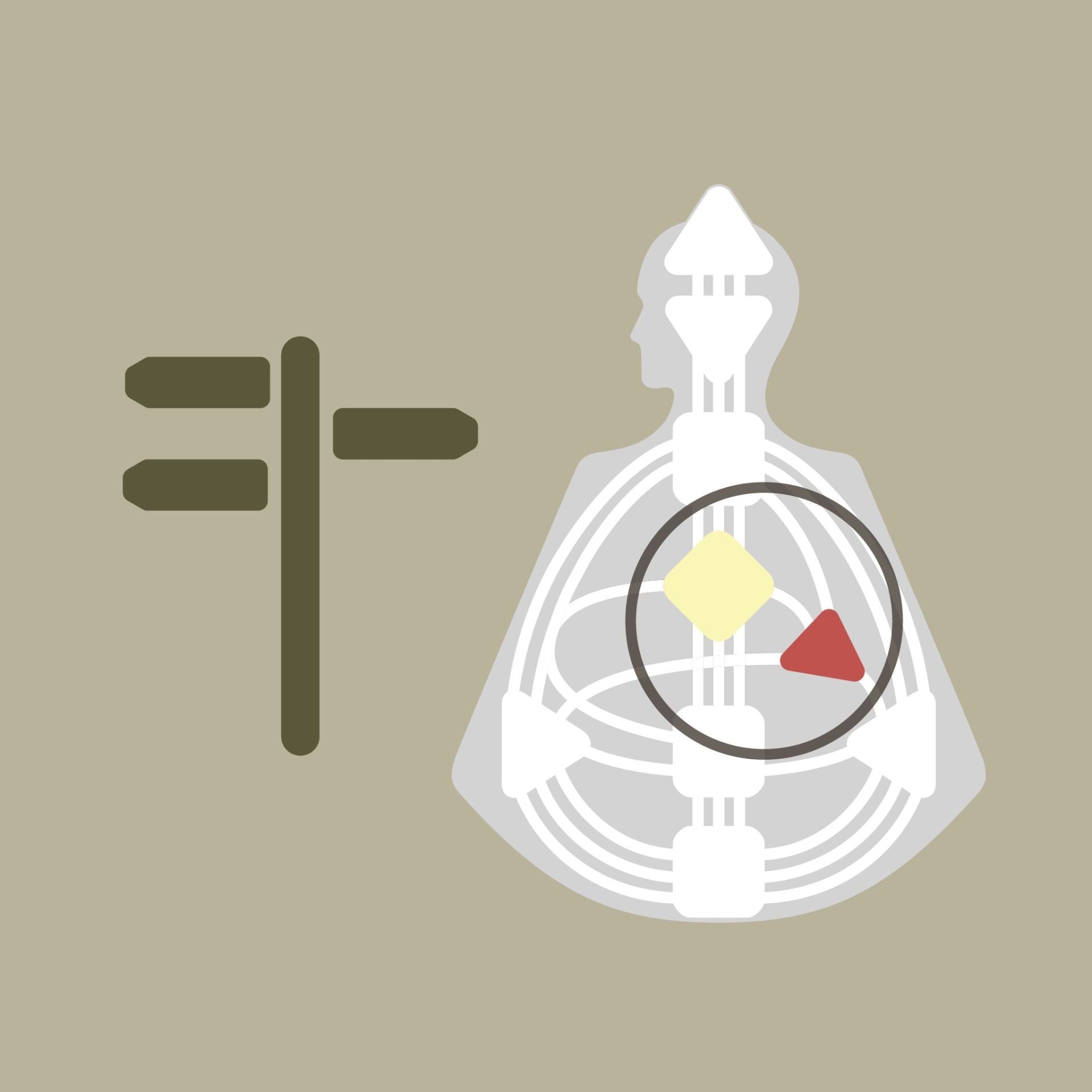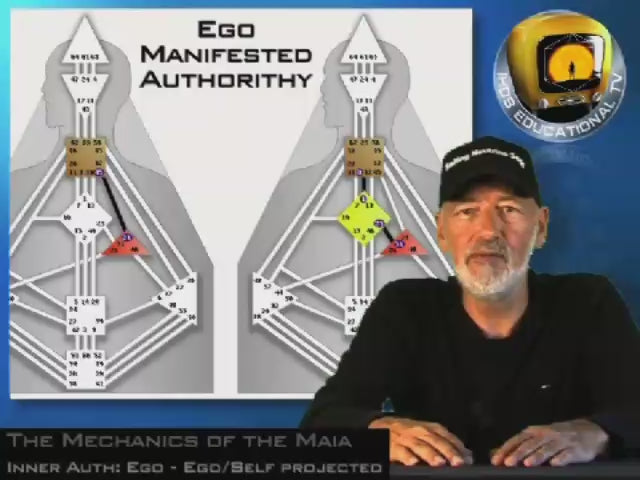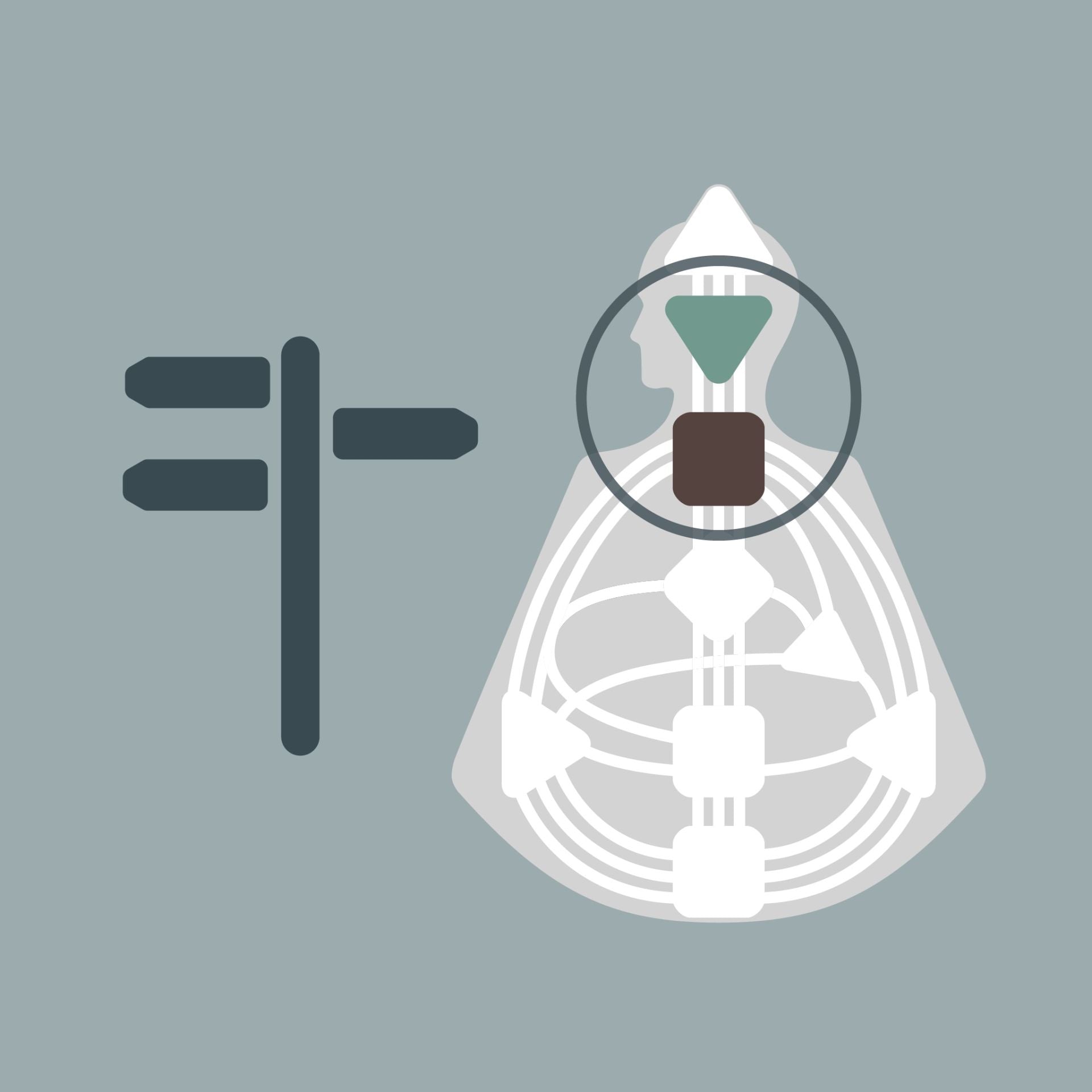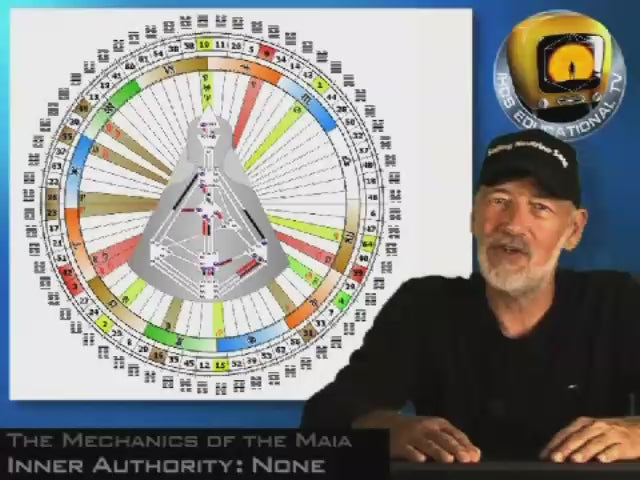Beyond Personality Tests: Human Design vs Other Systems
Nov 12, 2025
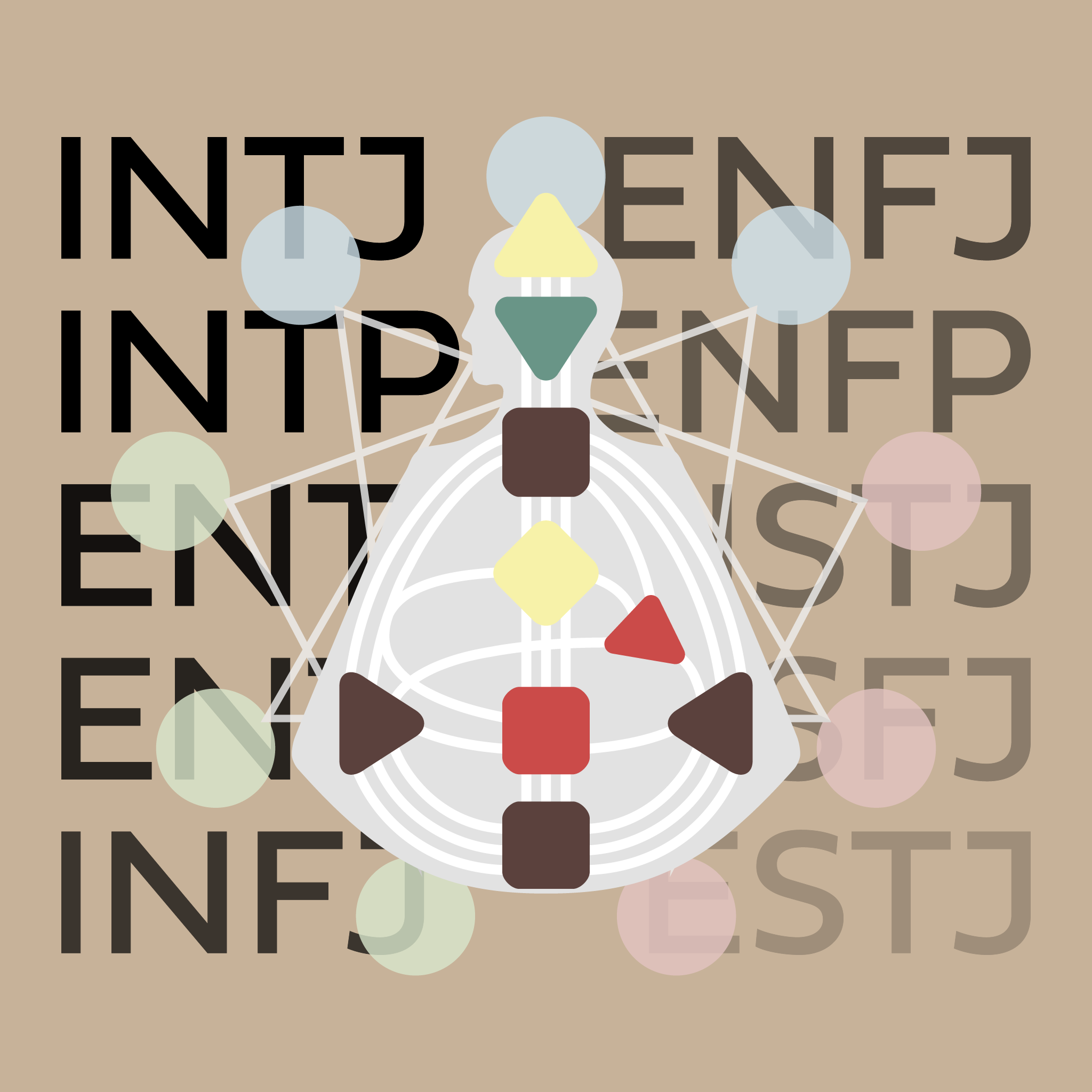
The pursuit of self-knowledge has long occupied a central place in human culture, shaping philosophies, spiritual traditions, and, in recent decades, psychological tools. In a world where individuality is increasingly prized yet often misunderstood, systems of personality and self-awareness have become both popular and polarizing.
Among the most widely used are the Myers-Briggs Type Indicator (MBTI), the Enneagram of Personality, traditional Western Astrology, and the Big Five Personality Traits, also known as the OCEAN model. Each of these systems offers its own lens on human nature, whether through behavior, cognition, motivation, or archetypal symbolism. Yet none provide the depth, breadth, and mechanical precision of Human Design—a system that seeks not merely to describe the personality, but to offer a visual and energetic map of one’s true nature, as well as practical tools for living in alignment with that nature.
Human Design is fundamentally different from the other systems to which it is often compared. While others rely on psychological assessments, symbolic interpretations, or empirical measurement of traits, Human Design is a synthesis of ancient and modern sciences, combining Astrology, the Chinese I’Ching, the Kabbalistic Tree of Life, and the Hindu-Brahmin Chakra system with modern disciplines such as quantum physics, genetics, and biochemistry. It describes itself not as a belief system, but as a mechanical science of differentiation, offering individuals the opportunity to experiment with their own unique design in order to shed the layers of conditioning that obscure their true self.
This article will explore Human Design in comparison with MBTI, Enneagram, Astrology, and the Big Five, examining their foundations, methodologies, purposes, and limitations. It will also delve into the distinctive features that make Human Design a revolutionary tool for self-awareness and interpersonal understanding.
Human Design: A New Paradigm in Self-Awareness
Human Design begins with the premise that each individual is born with a unique energetic design, determined by two key moments: the time of birth and a second moment approximately 88 degrees of solar arc before birth, which represents the imprinting of the unconscious form. From these two data points, a BodyGraph is generated—a visual map of nine Centers, 64 Gates, and 36 Channels, derived from the I’Ching’s 64 hexagrams and correlated with the genetic codons of DNA. This BodyGraph acts as a map of the individual’s energetic architecture.
Unlike systems that focus purely on personality traits or behavioral tendencies, Human Design distinguishes between what is consistent and reliable within a person (the defined areas of the chart) and what is open and receptive (the undefined areas). This difference forms the basis for understanding the true self versus the not-self—the latter referring to behaviors, fears, and decisions that arise from conditioning in the open Centers rather than from one’s inherent design.

What sets Human Design apart is that this map is not metaphorical or psychological, but mechanical. It is a representation of how life force energy flows through a person’s system. The nine Centers in the BodyGraph correspond to functions such as thinking, feeling, action, expression, and identity, each of which may be defined or undefined, colored in or left white. The presence or absence of definition in each Center, and the way these Centers connect through Channels, determines a person’s Type, Strategy, and Authority—the core tools Human Design offers for decision-making and life navigation.
The system categorizes individuals into four main Types—Generators (including Manifesting Generators), Projectors, Manifestors, and Reflectors—each with a distinct way of engaging with life and others. It also reveals one’s internal Authority, the energetic mechanism by which a person is designed to make correct decisions, bypassing the unreliable mind and returning decision-making to the intelligence of the body.
In this way, Human Design goes beyond self-description. It offers a living experiment. By following one’s Strategy and Authority, individuals begin to shed the layers of societal, familial, and mental conditioning—what the system calls deconditioning—and gradually align with the trajectory that is correct for their form. Over time, this can lead to greater self-knowledge, and a radical shift in how one moves through life—with less resistance and more ease, satisfaction, success, peace, or surprise, depending on one’s Type.
Myers-Briggs, Enneagram, Astrology, and the Big Five: Models of the Mind
By contrast, systems like the Myers-Briggs Type Indicator and the Big Five Personality Traits are grounded in psychology and focus largely on mental and behavioral categorization. MBTI is based on the work of Carl Jung and classifies individuals into 16 personality types using binary preferences along four axes. It is primarily cognitive and is widely used in corporate, educational, and coaching contexts. Its strength lies in its accessibility and simplicity, though it has faced criticism for its lack of scientific validity and for the rigidity of its type-based model.
The Big Five model, by contrast, is strongly validated in empirical research. It measures personality along five continuous spectrums—Openness, Conscientiousness, Extraversion, Agreeableness, and Neuroticism. Unlike typological systems, it is descriptive rather than prescriptive, providing a neutral profile of behavioral tendencies. However, it lacks guidance for change, decision-making, or spiritual growth, and does not address deeper existential questions about purpose or authenticity.
The Enneagram offers a more spiritually oriented approach, positing nine personality types each shaped by a core fear or wound. Unlike MBTI or Big Five, the Enneagram is dynamic, incorporating mechanisms of growth and regression, and inviting users to confront their shadows and unconscious patterns. It is widely used in psychotherapy and spiritual circles and can be a powerful tool for personal transformation. Still, it is Centered on the psychology of the ego rather than the mechanics of the body or the energetic field.
Astrology, while ancient and richly symbolic, offers insight into character, life cycles, and potential through a cosmological lens. It uses the position of planets at birth to construct a natal chart that serves as a psychological and spiritual blueprint. Though Astrology and Human Design both use birth data and planetary positions, Human Design incorporates these into a fixed mechanical system (the Gates, Channels, and Centers of the BodyGraph) that reflects not just potential, but energetic reliability, offering clear, practical strategies for daily life.
Mapping Energy: Human Design as a Visual System
One of Human Design’s most powerful and distinctive qualities is that it provides a visual representation of one’s energy system, which can be read like a map. This map makes clear which aspects of a person are fixed and reliable, and which are open and subject to influence. Through this lens, individuals can come to recognize the difference between their true self and their conditioned not-self behaviors, which arise from identifying with aspects of the chart that are not consistent.
This visual component distinguishes Human Design from other systems, giving it a concrete, almost anatomical character. Where MBTI might tell a person they are an INTJ, and the Enneagram might identify someone as a Type 4 with a 5 wing, Human Design shows—visually and specifically—where a person takes in others’ energy, where they amplify it, and where they are susceptible to distortion. This allows for not only a deeper self-understanding, but a functional path for transformation, one that unfolds organically through experimentation, not through analysis alone.

The Human Design chart reveals two distinct types of genetic imprinting that occur at different moments: the Personality imprinting at the moment of birth, and the Design imprinting approximately 88 days prior. These are represented by the Personality and Design Crystals, which together form the core architecture of the self. The Personality imprint relates to conscious aspects of the mind—how we see ourselves and what we are aware of—while the Design imprint reflects unconscious aspects of the body—how our physical form operates and what drives our consistent behavior beneath awareness.
Human Design, therefore, does more than describe personality or traits; it clearly displays and teaches us about both the conscious and unconscious forces shaping our experience and how we contribute to the whole simply by being ourselves, free from mental interference.
Relational Mechanics: Composite Charts and the Penta
Another area in which Human Design stands out is in its understanding of energetic interaction between individuals. The system allows for the creation of composite charts, which overlay two BodyGraphs to reveal the energetic dynamics of a relationship. This offers profound insights into where two people may consistently harmonize, where they may condition one another, and how energy is activated or distorted in the presence of the other.
Rather than relying on generalized compatibility types, as in some astrological or typological models, Human Design shows the mechanical basis of attraction, resistance, harmony, and misunderstanding, down to specific Channels, Gates, and Centers. This makes it a powerful tool not only for romantic relationships, but also for family dynamics, business partnerships, and friendships.

Beyond one-to-one relationships, Human Design also examines group dynamics through the lens of the Penta—a unique energetic structure that emerges when three to five people come together. The Penta is not simply a group of individuals; it is an energetic entity in itself, one that has its own needs, drives, and direction, particularly related to the material realm.
A functional Penta is one in which the necessary energetic components are present and correctly aligned, allowing the group to operate in harmony toward shared goals. When a Penta is dysfunctional, individuals may feel unseen, unsupported, or drained. By understanding the mechanics of the Penta, Human Design provides a roadmap for creating healthy, productive small group structures in families, businesses, and communities.

From Understanding to Living
In comparing Human Design with other systems of self-awareness, what becomes clear is that it offers something fundamentally different. MBTI, Enneagram, Astrology, and the Big Five all provide insights—often helpful—into who we are, how we behave, and what motivates us. They can serve as useful mirrors for self-reflection and growth. Yet none of them provide a mechanical framework for embodied decision-making, nor a visual map of one’s energy system. None show so clearly the distinction between the self and the not-self, nor offer a daily practice—Strategy and Authority—for navigating life in real time.
Human Design is not interested in making better versions of the conditioned self. It offers a way to return to the self that was never broken, but only obscured. By experimenting with its guidance, individuals begin to live not from mental strategies or societal expectations, but from a deeper intelligence embedded in the body. In doing so, they reclaim the freedom to move through life as themselves, without resistance, distortion, or apology.
More than a system, Human Design is a reorientation to life itself—a mirror of what has always been within.
Teachings by Topic
Explore Ra Uru Hu's lectures by Human Design topic.
Teachings by Theme
Explore Ra Uru Hu's lectures categorized into life themes and goals.

